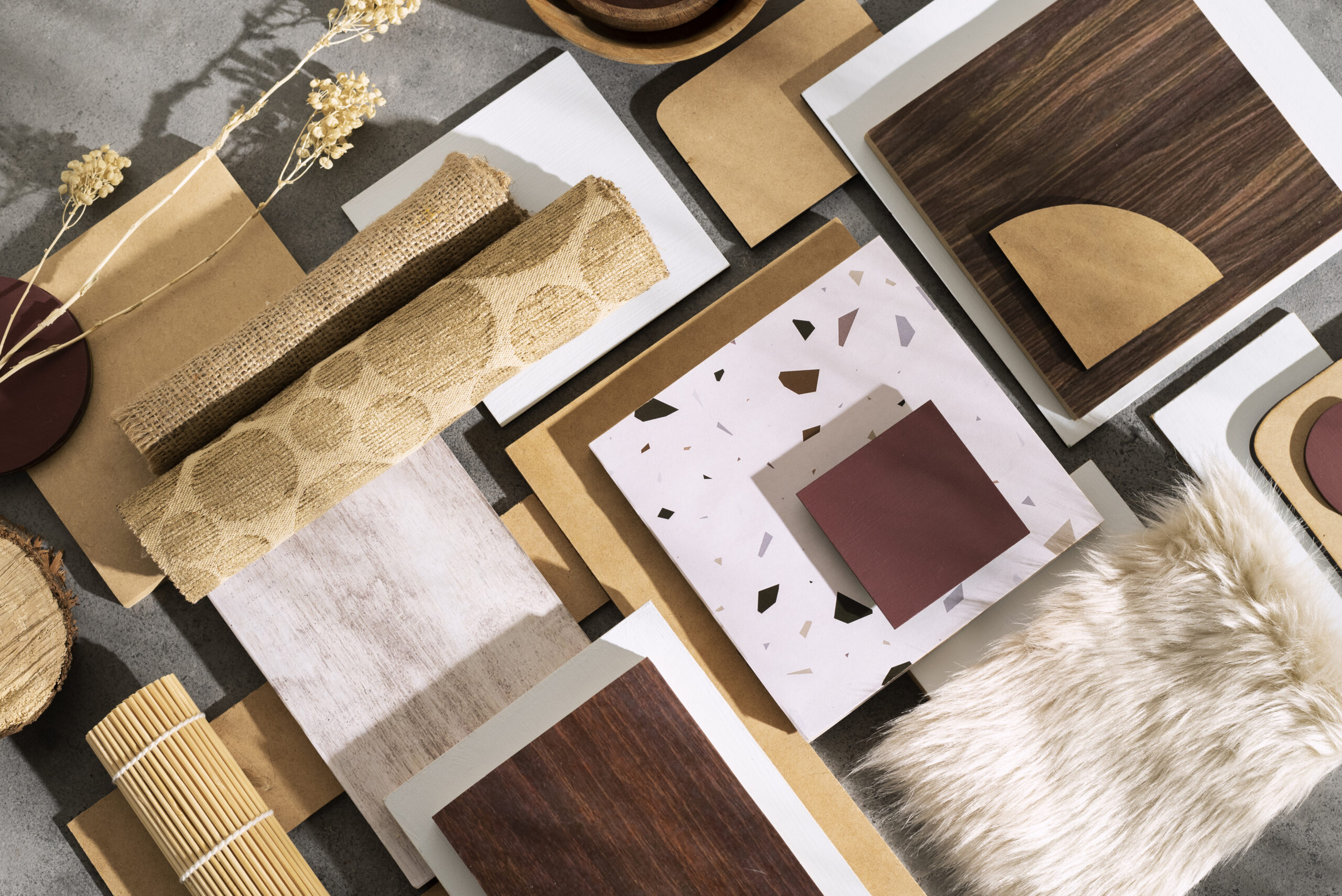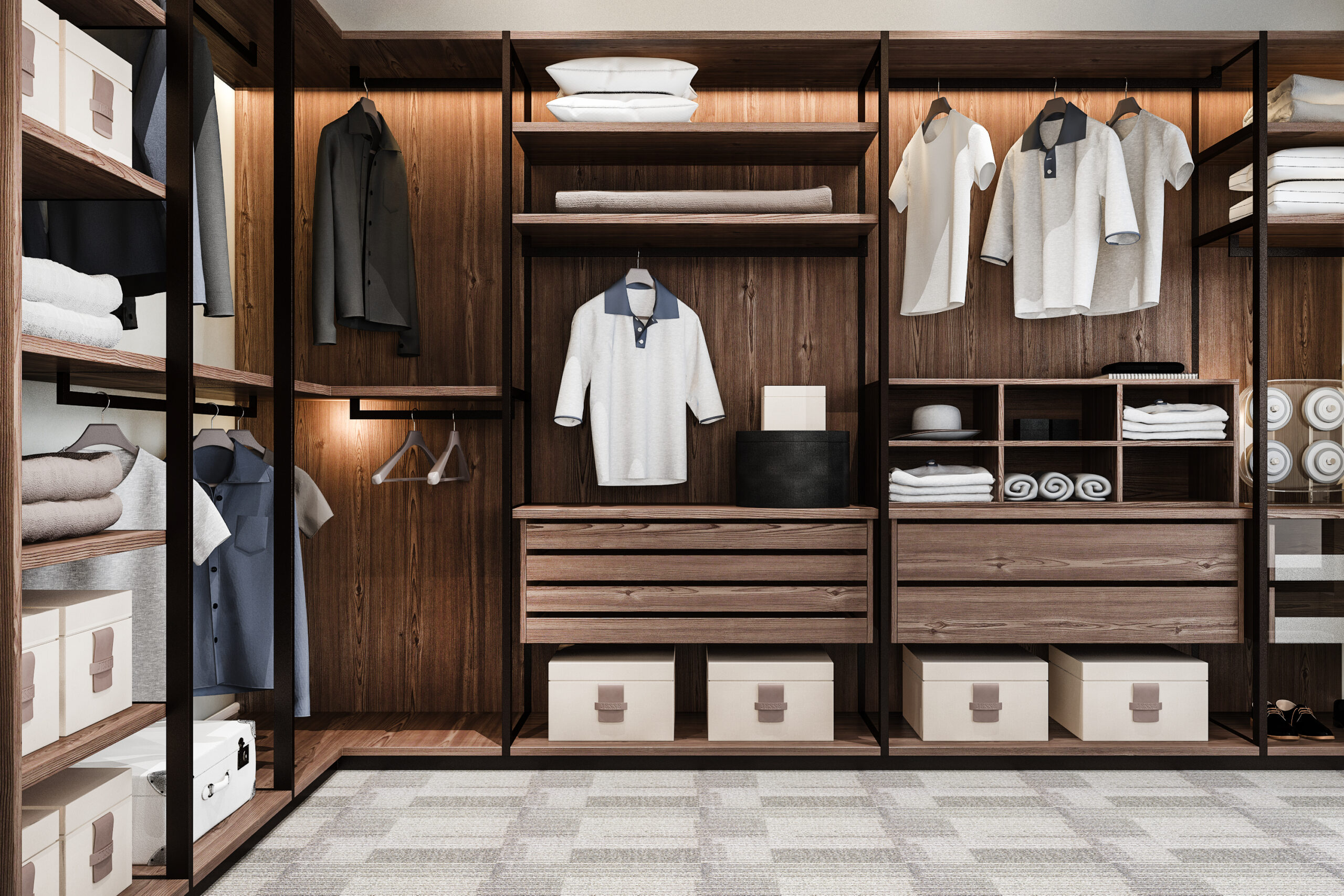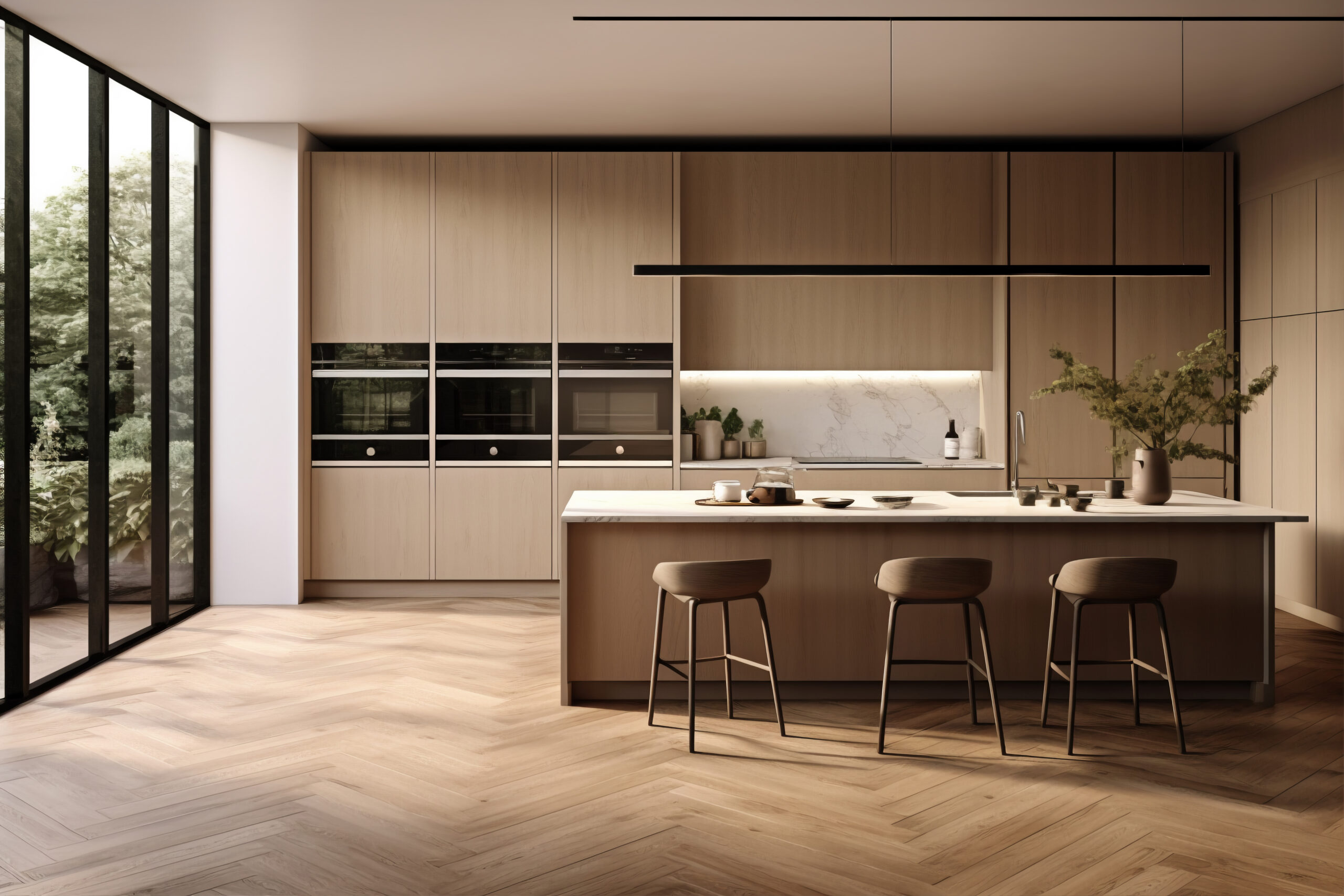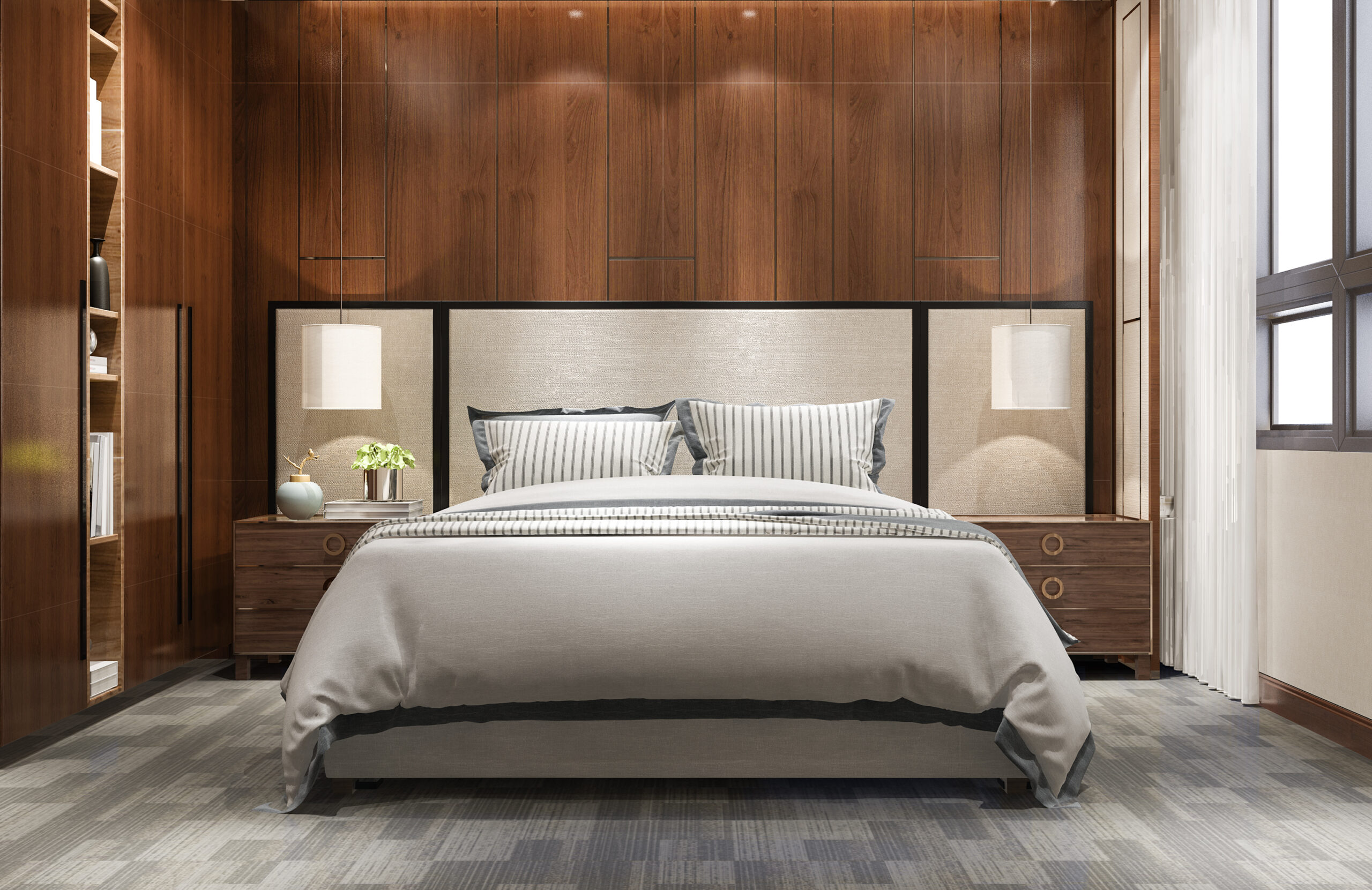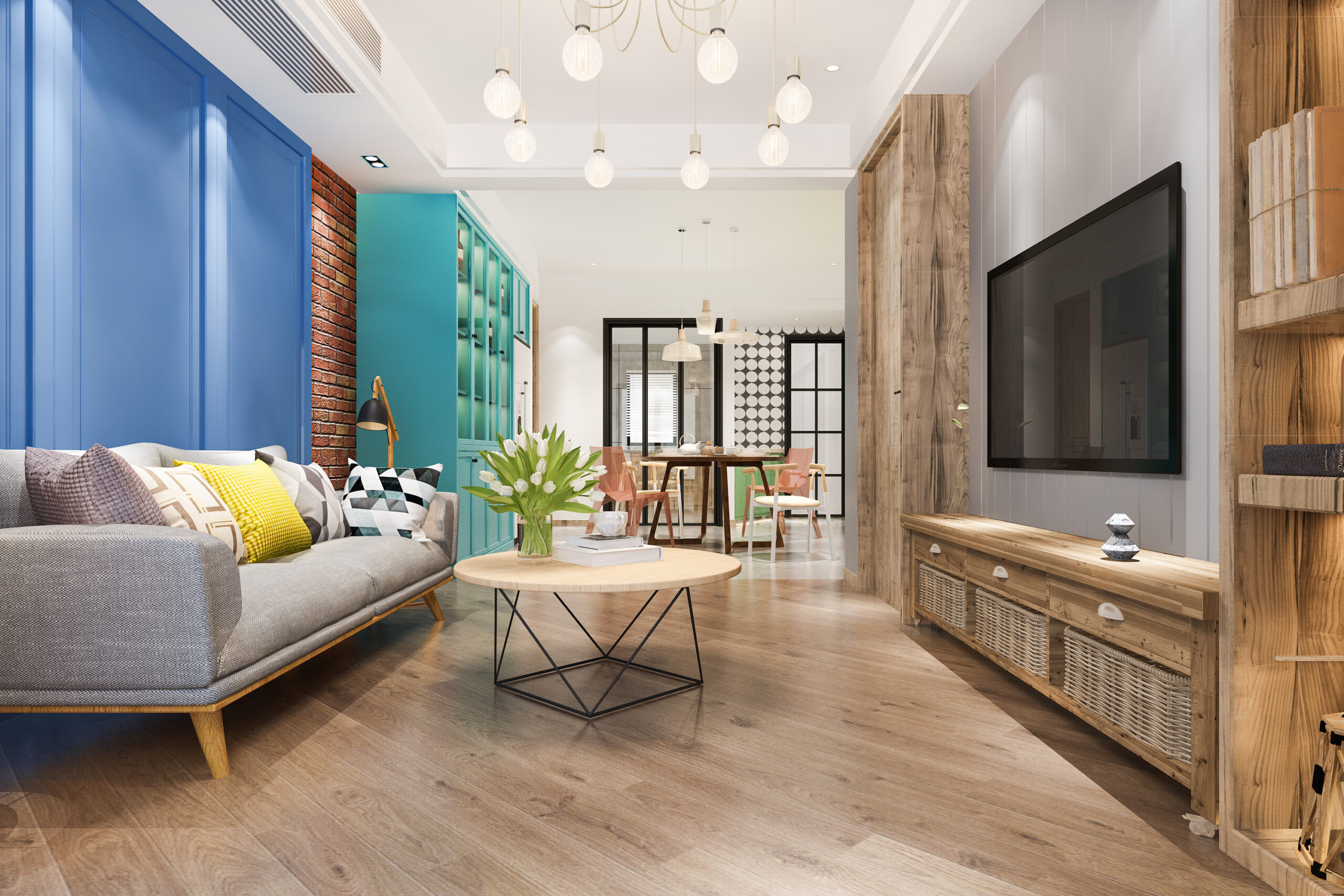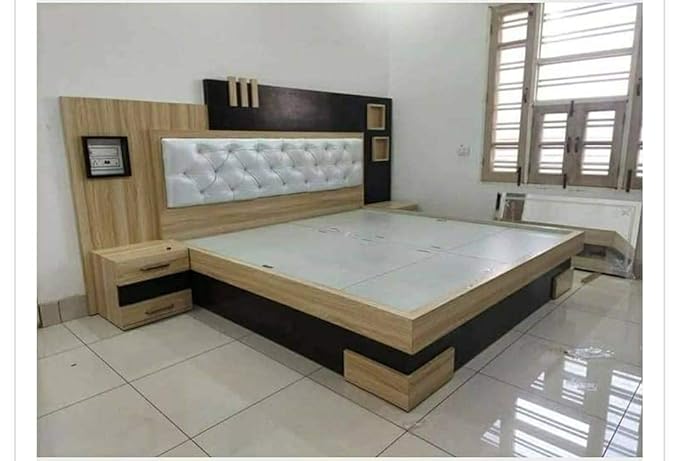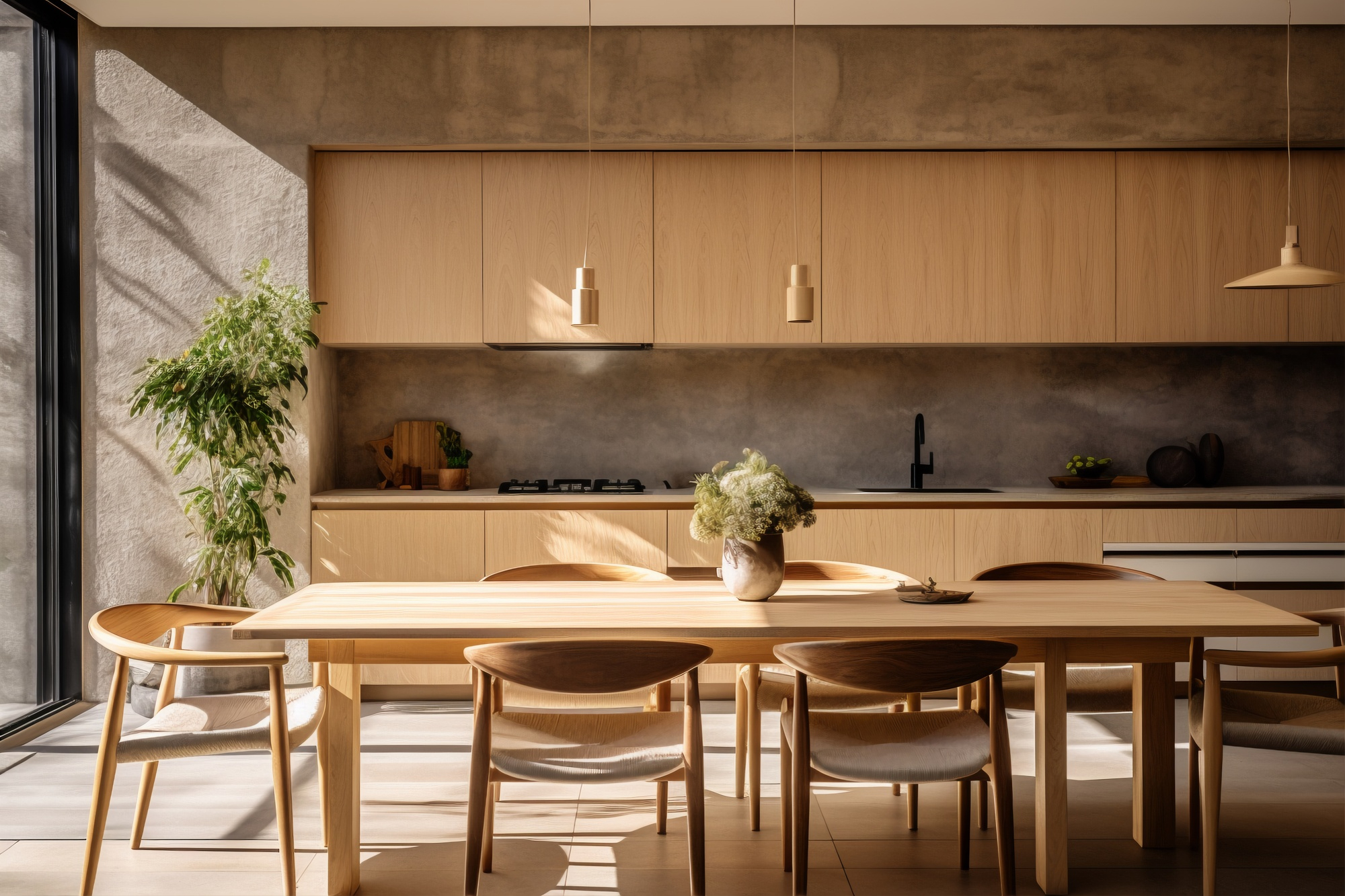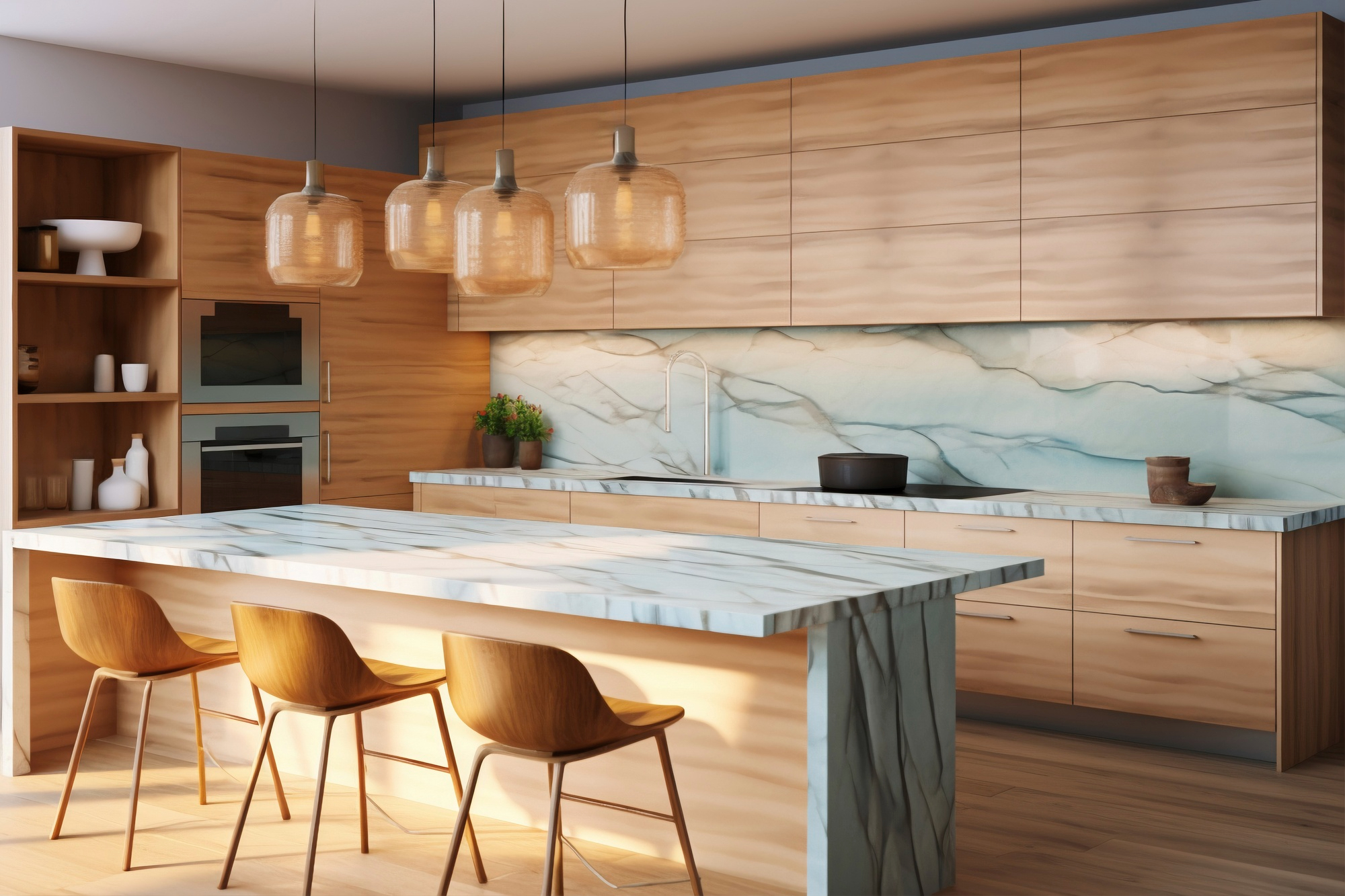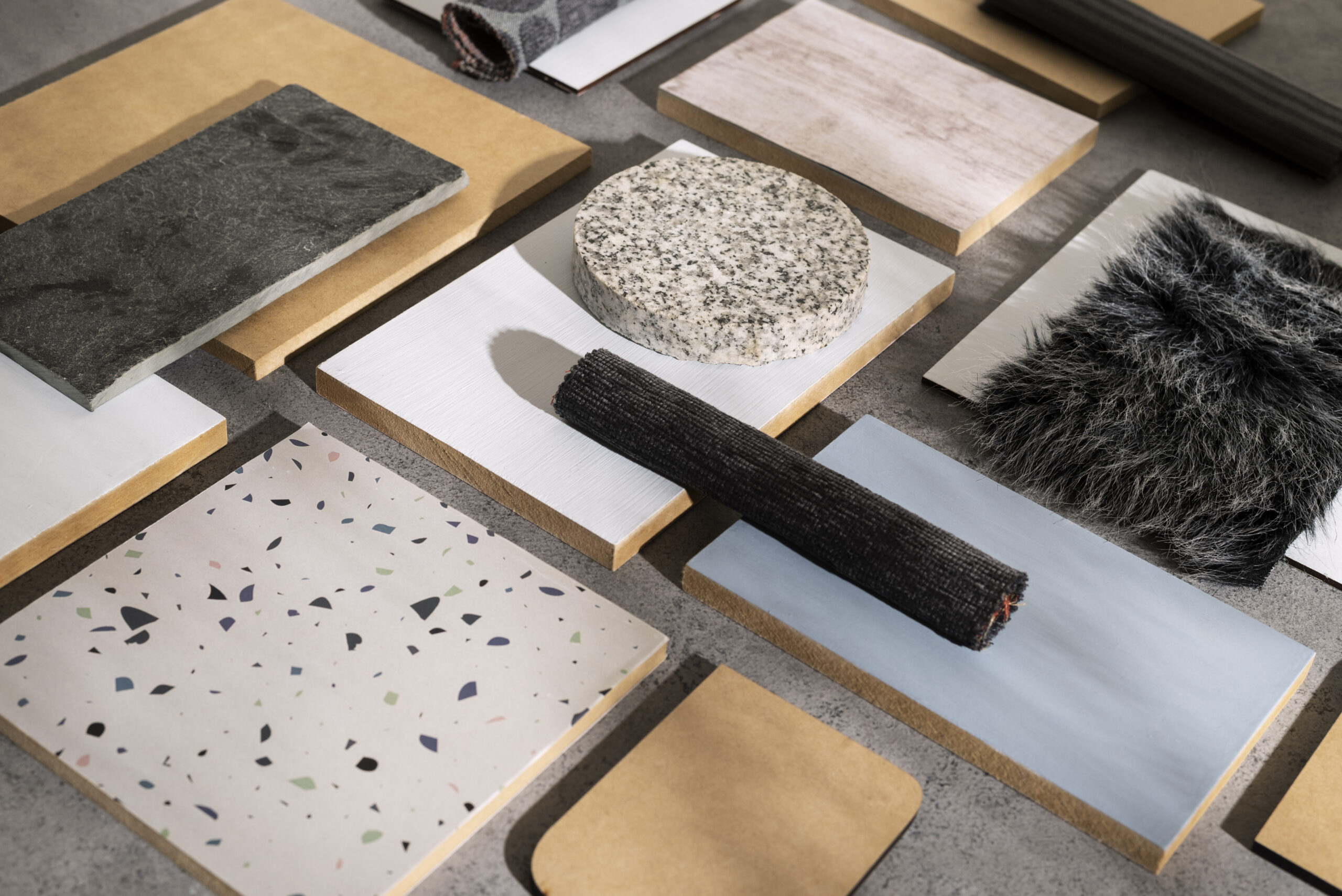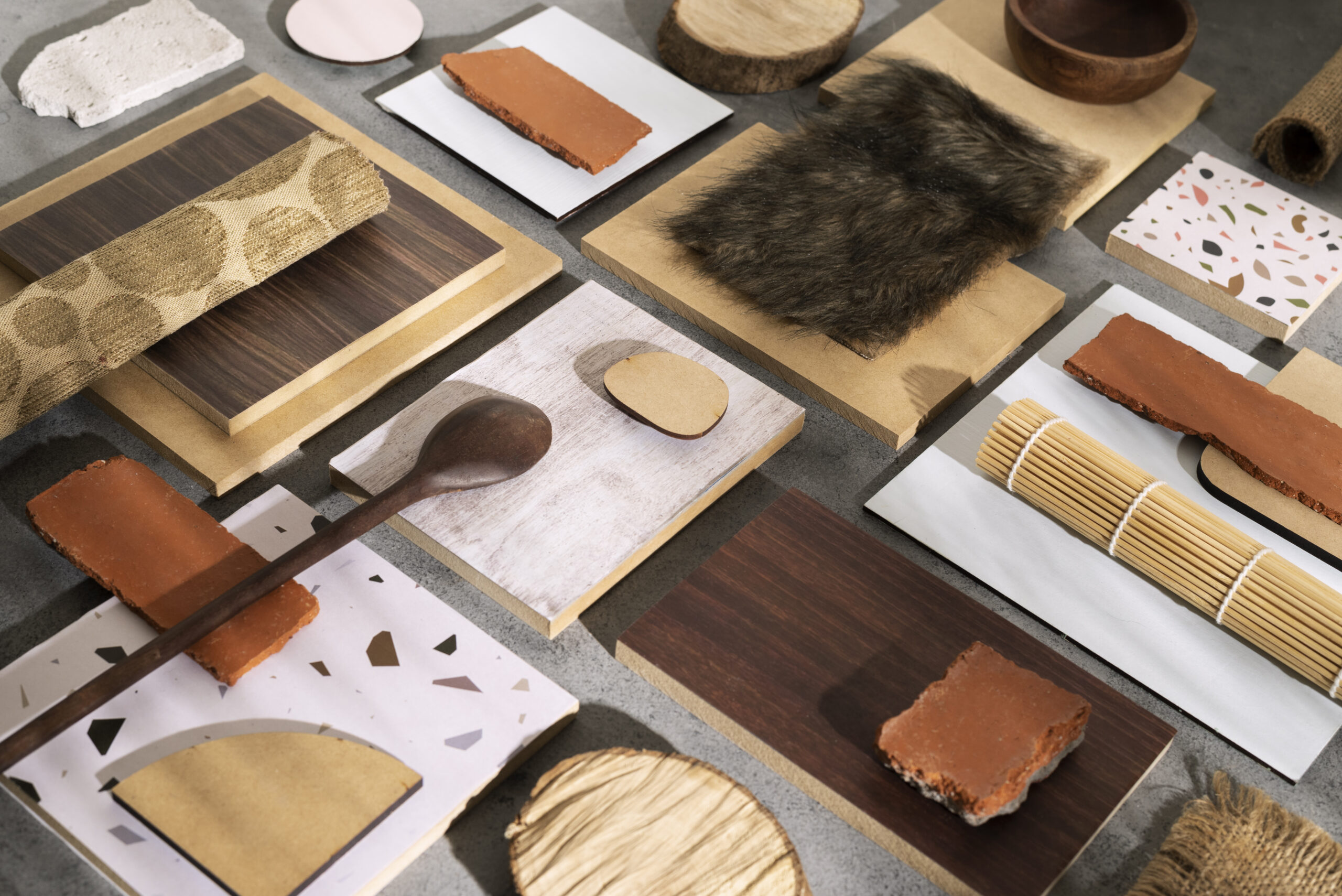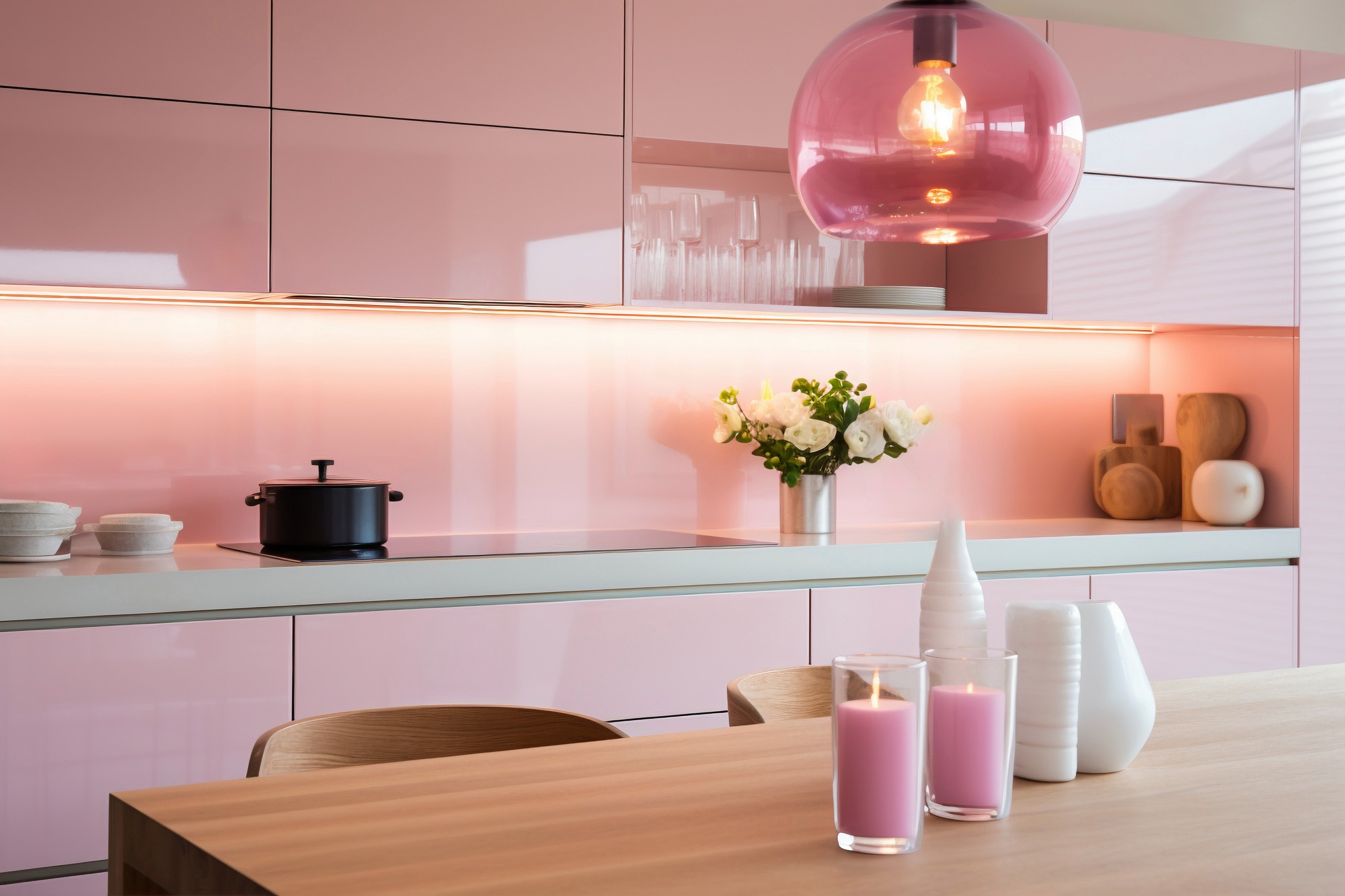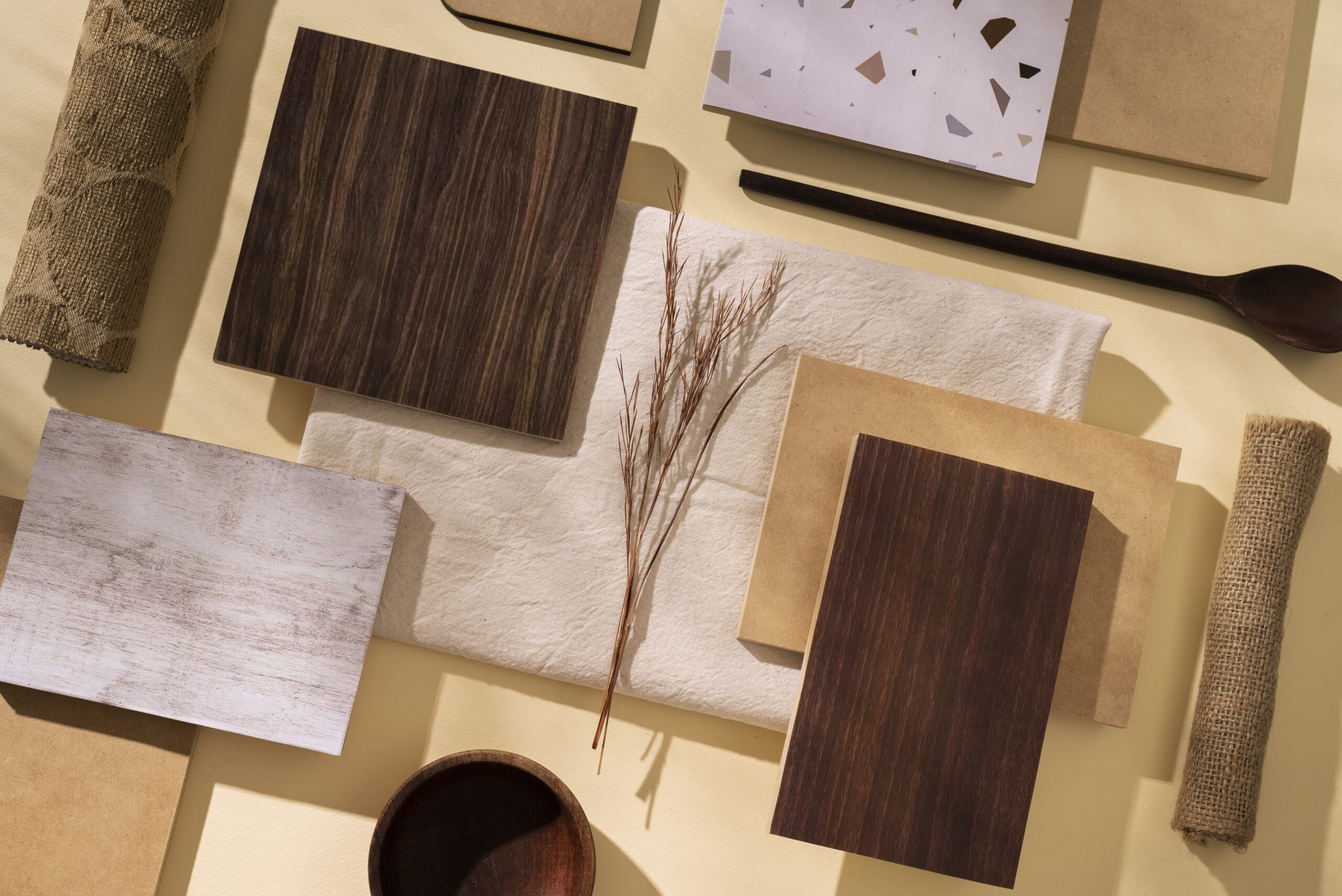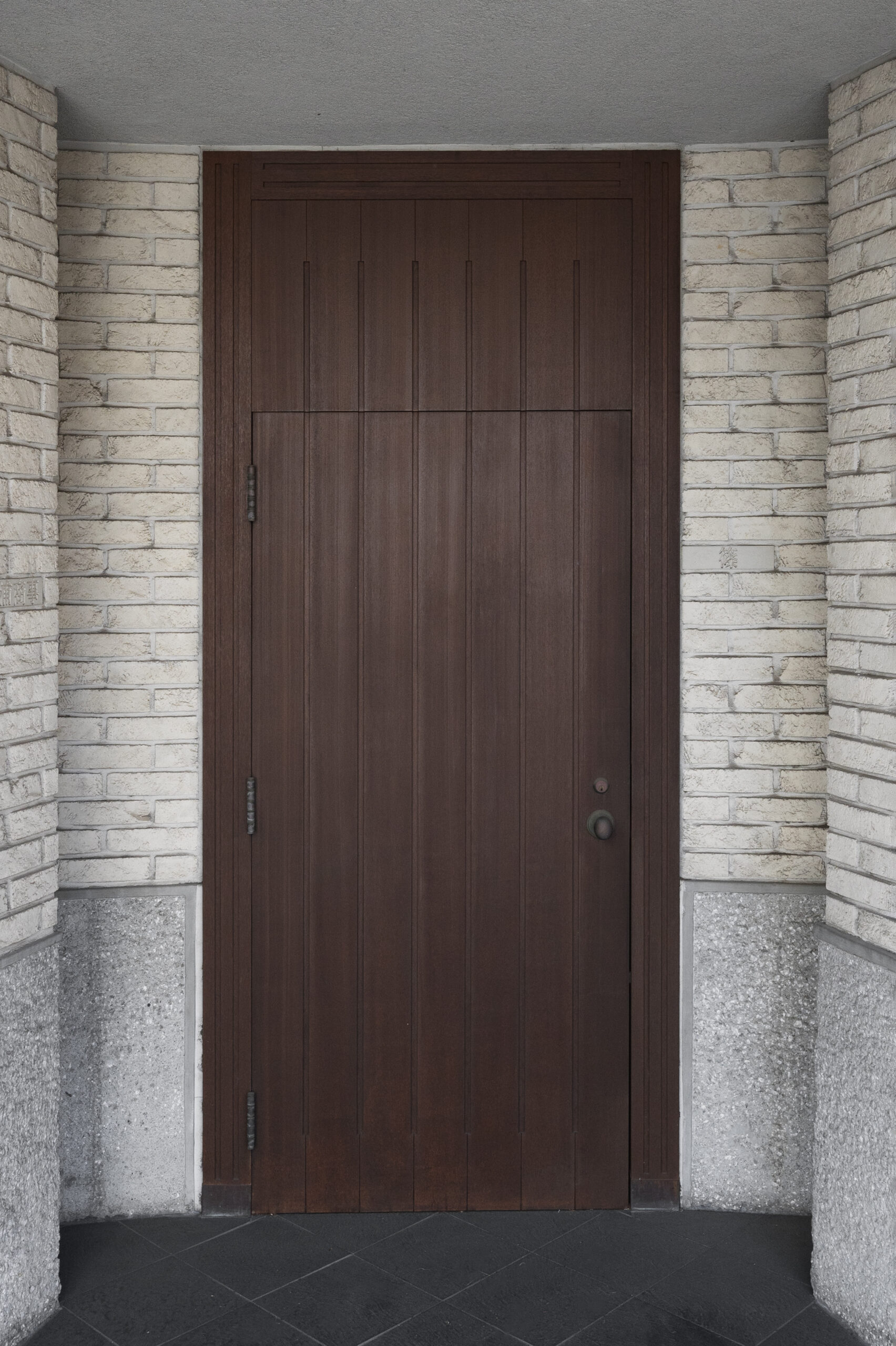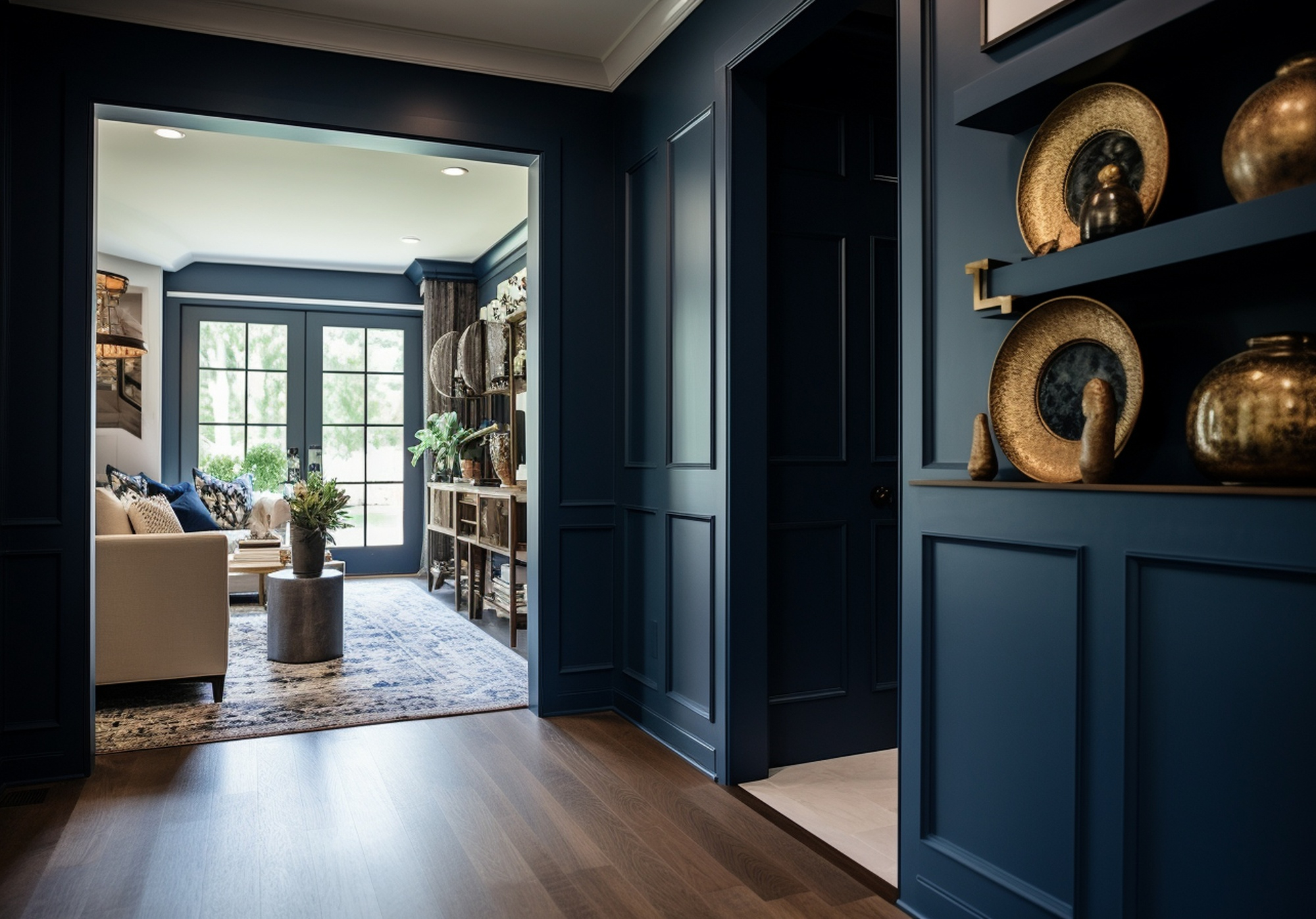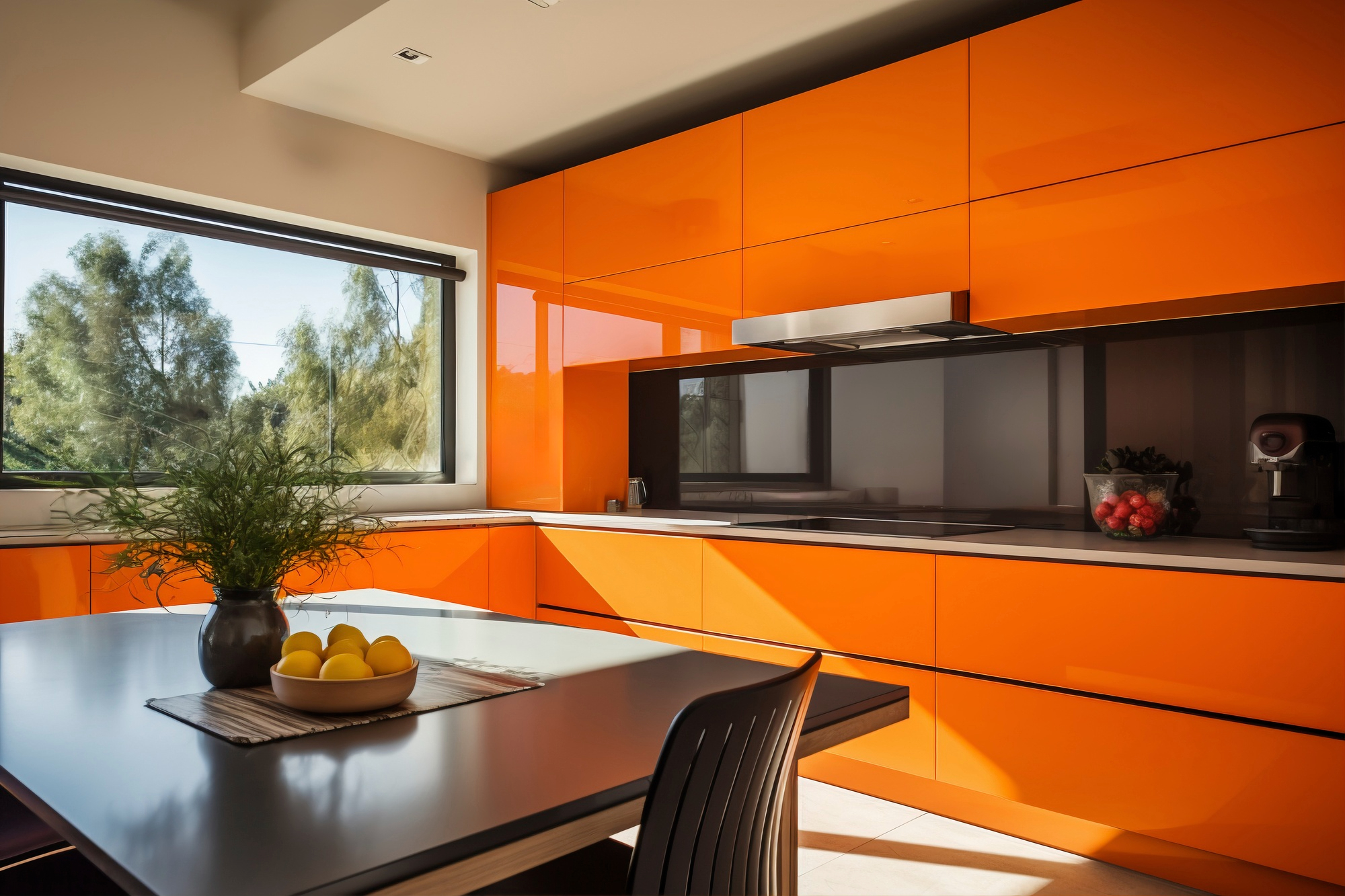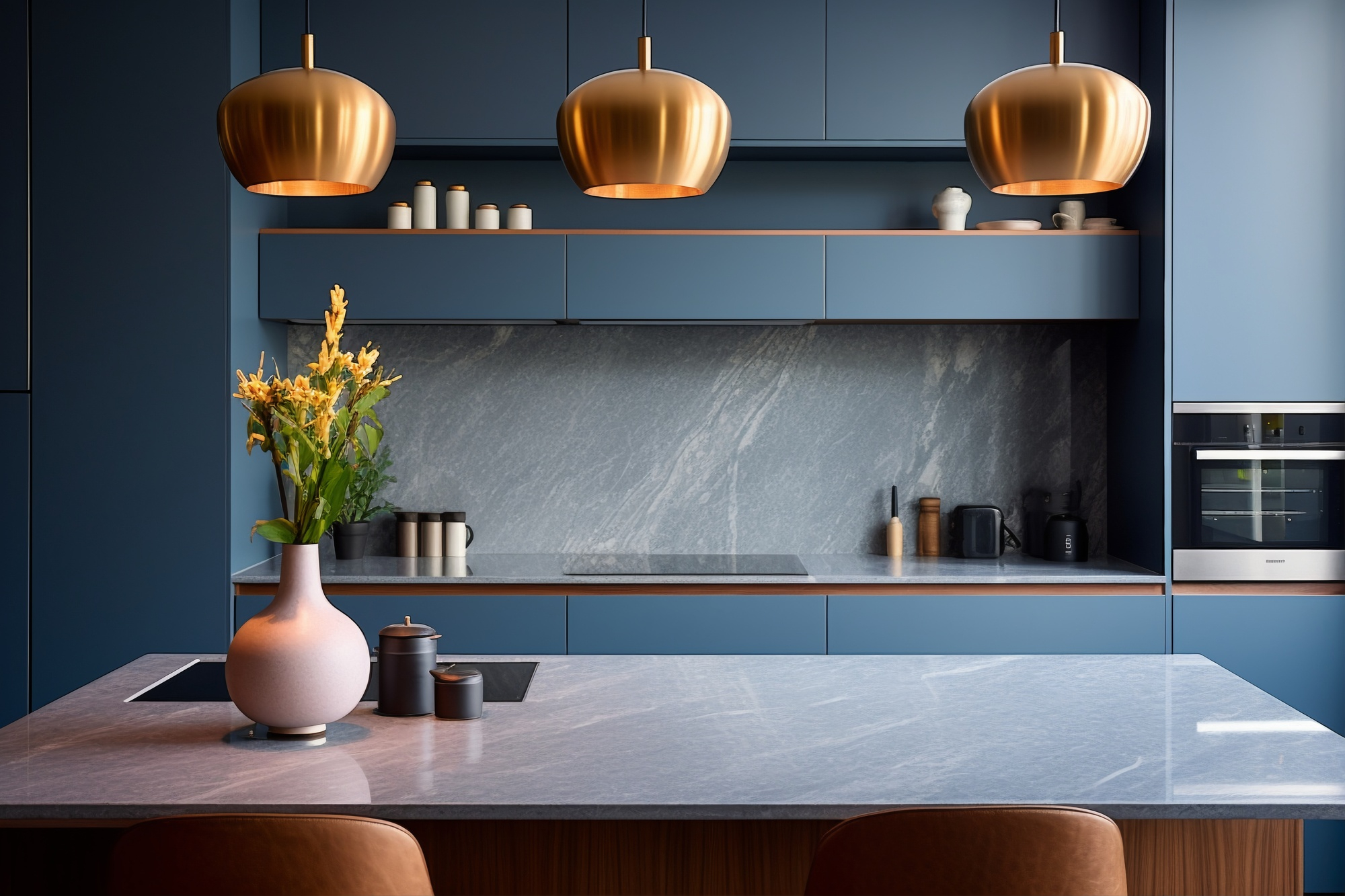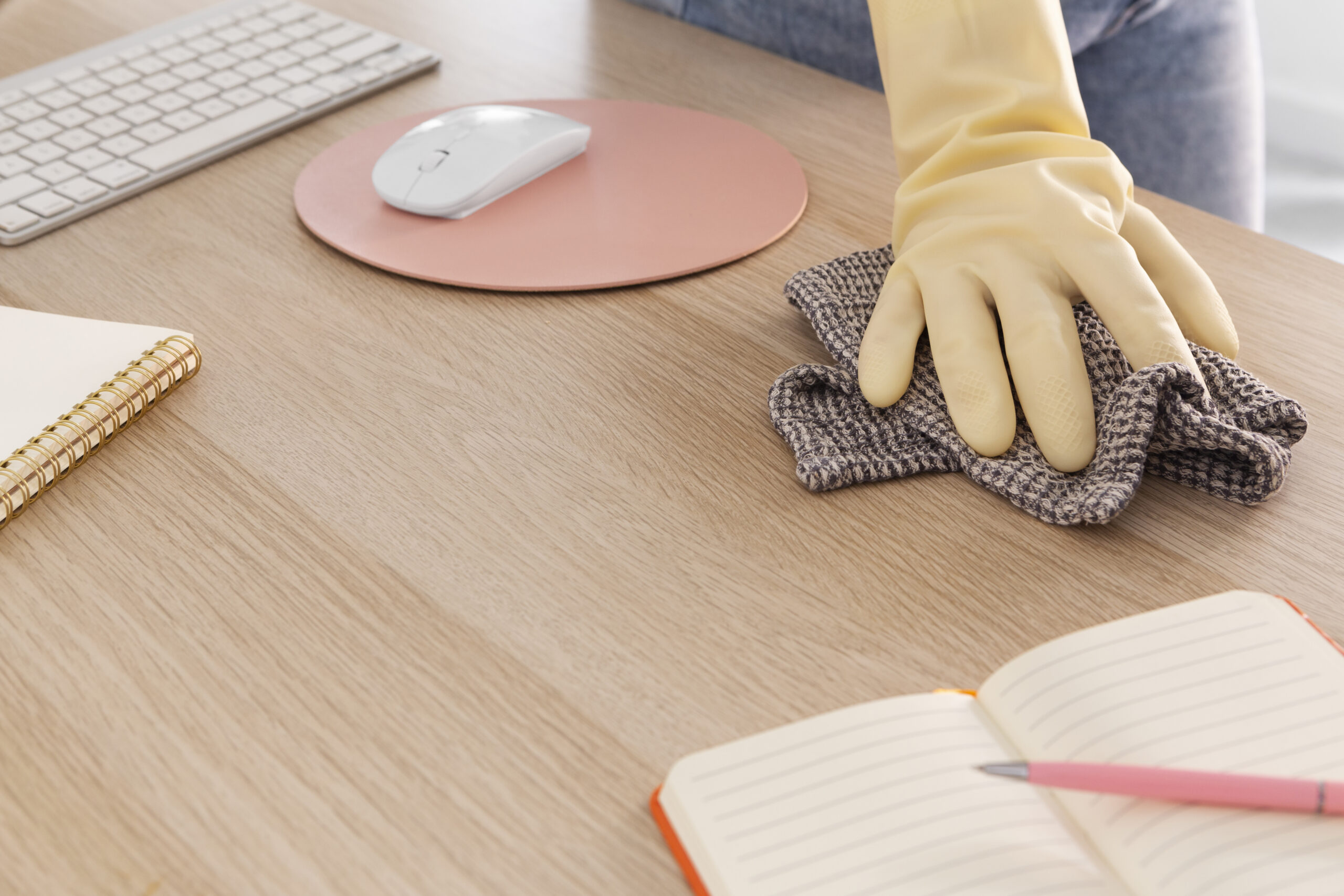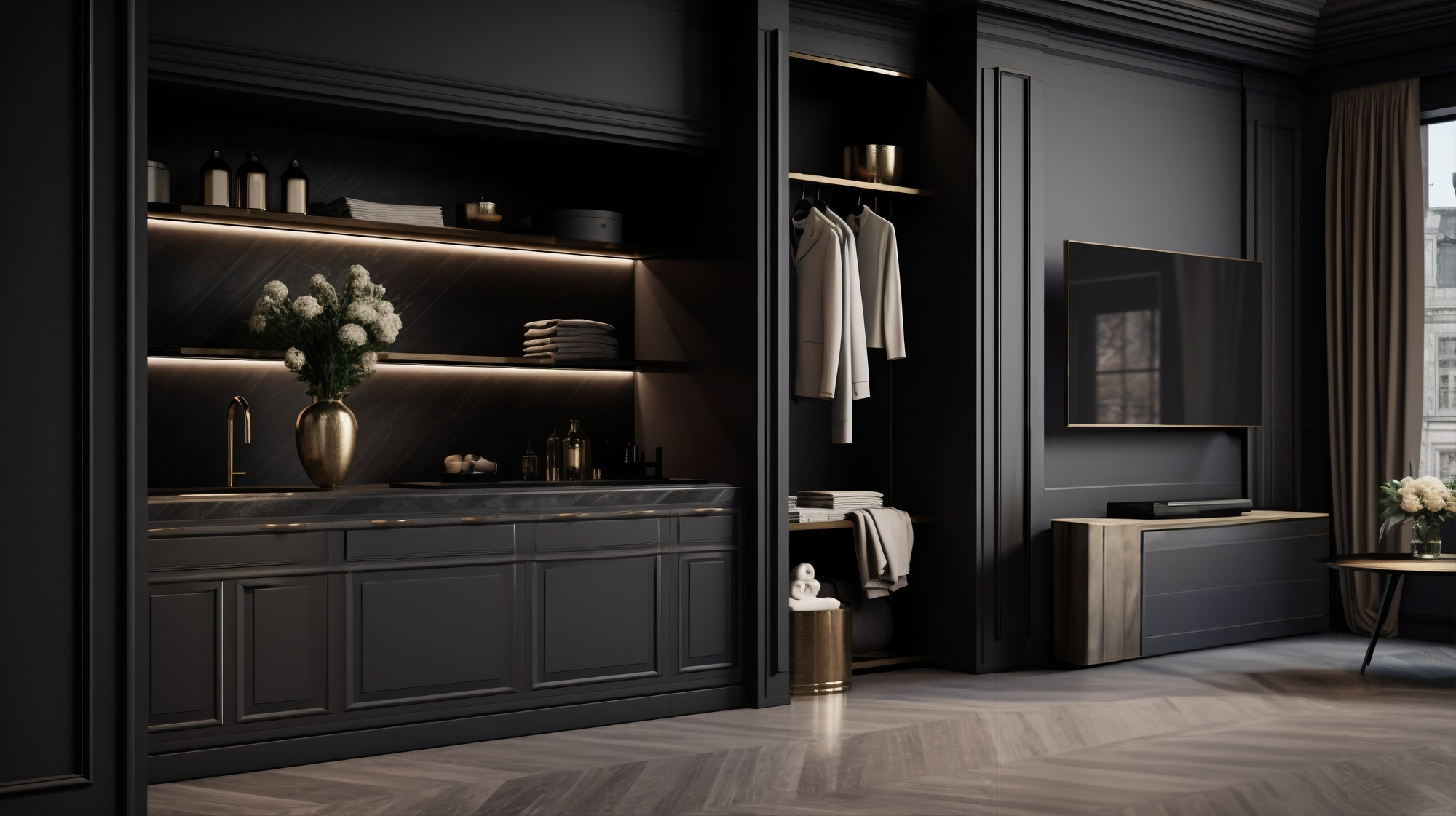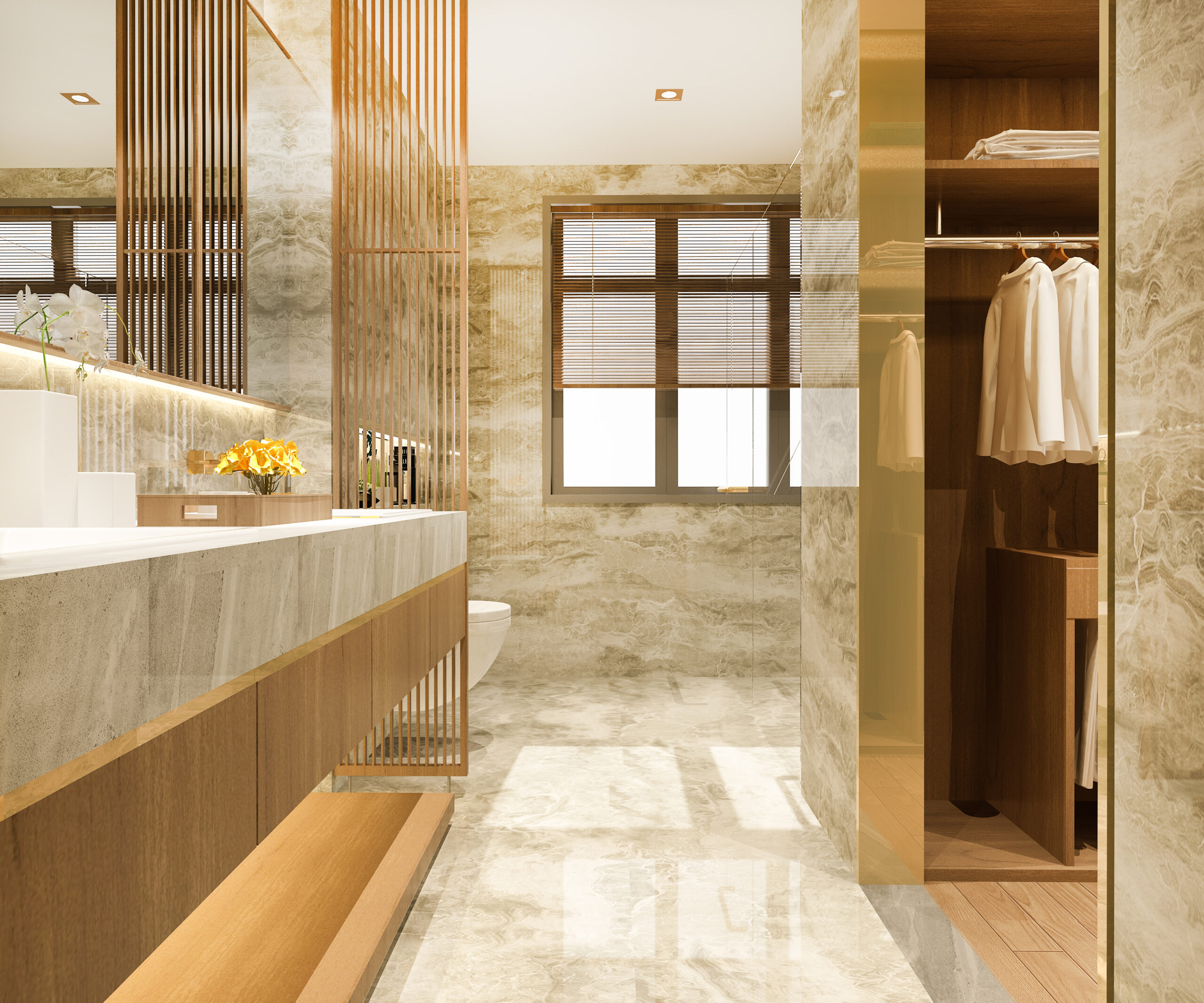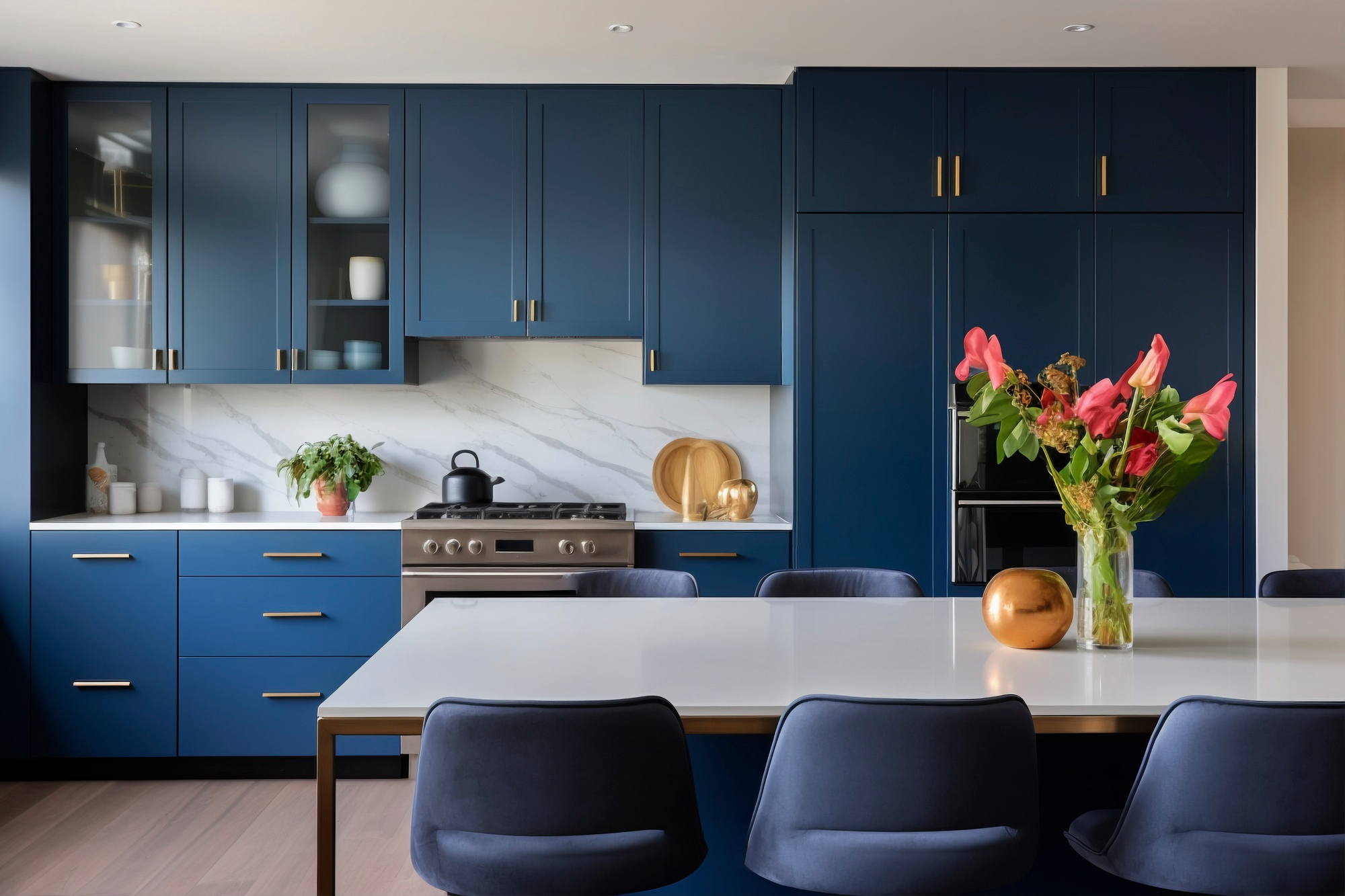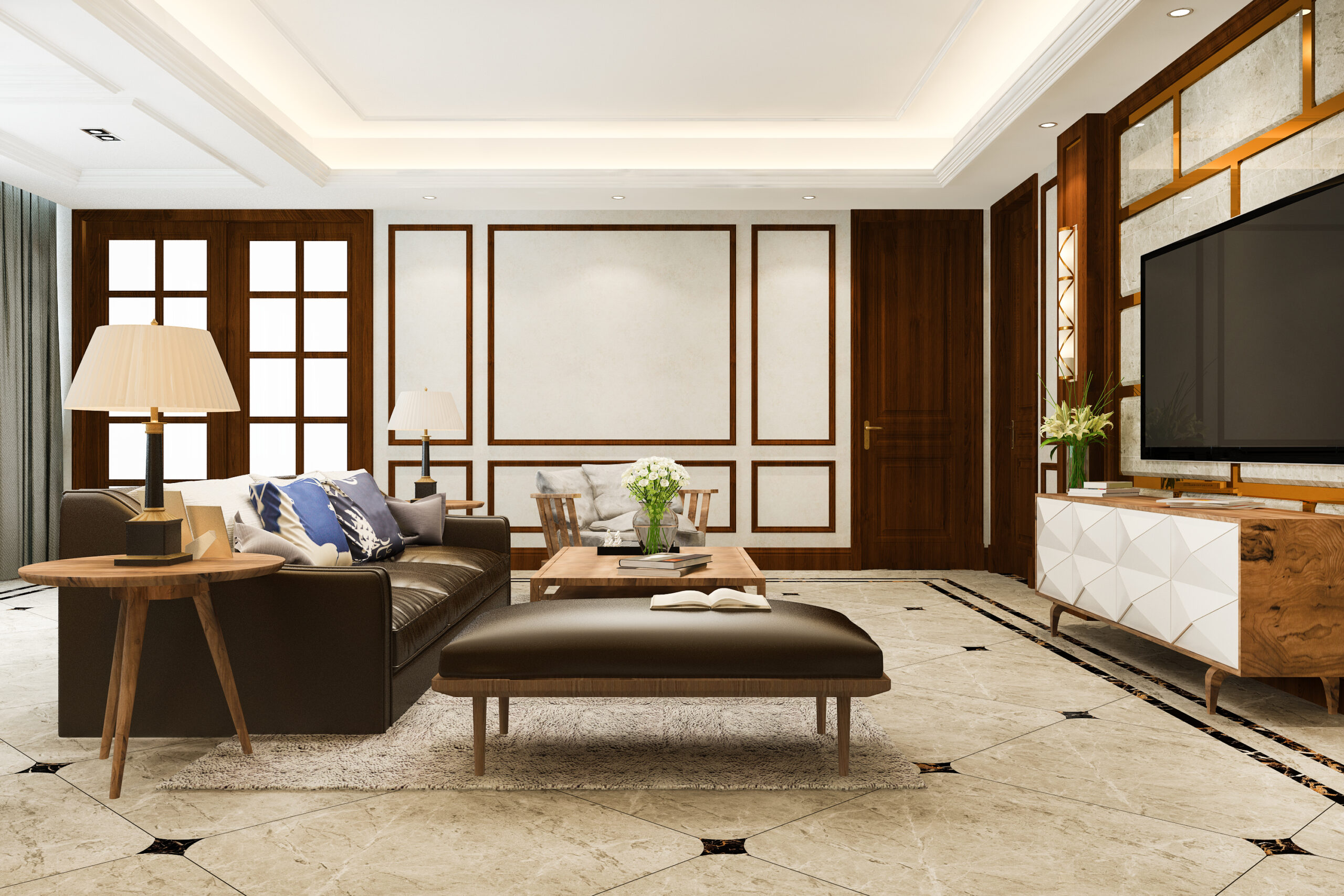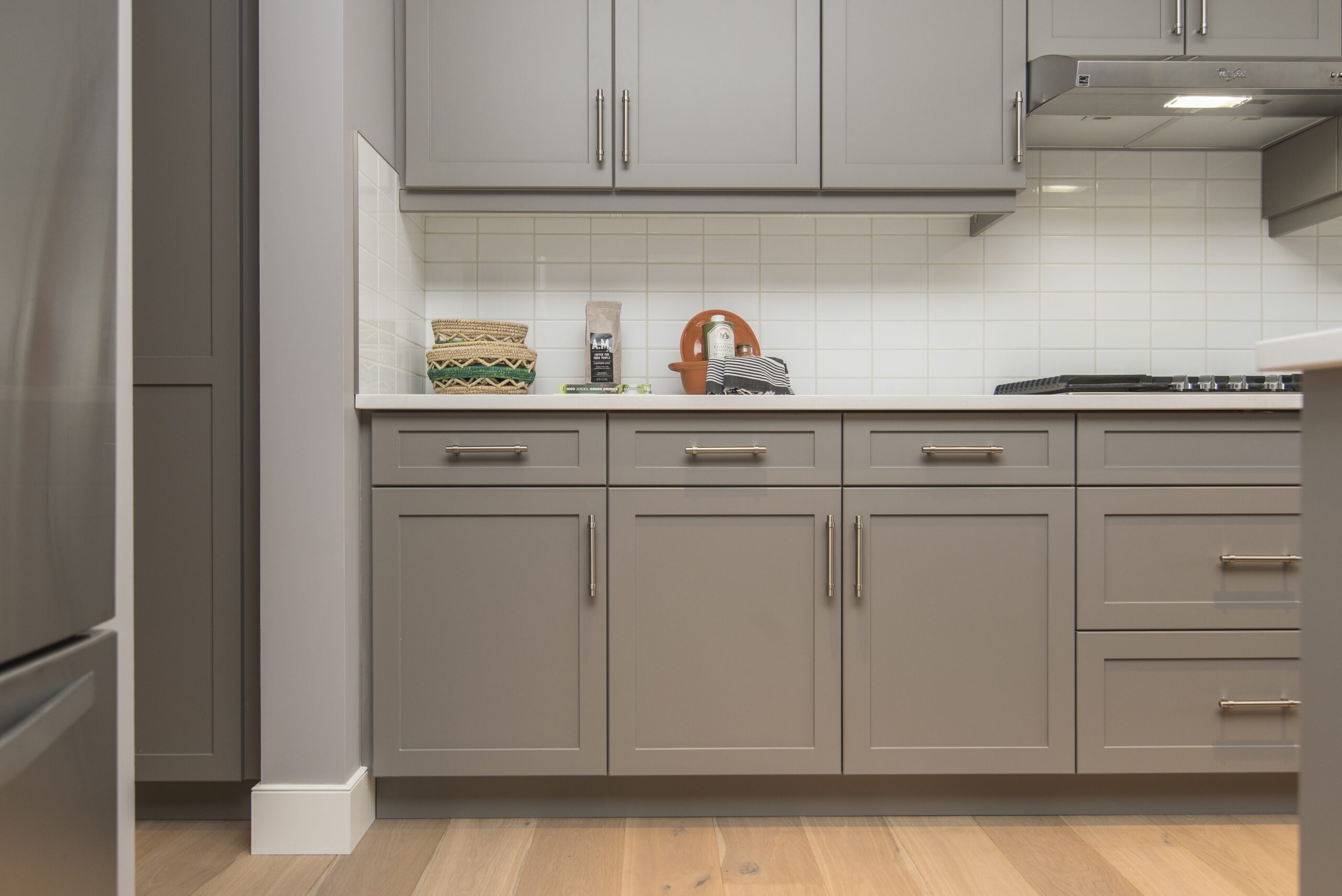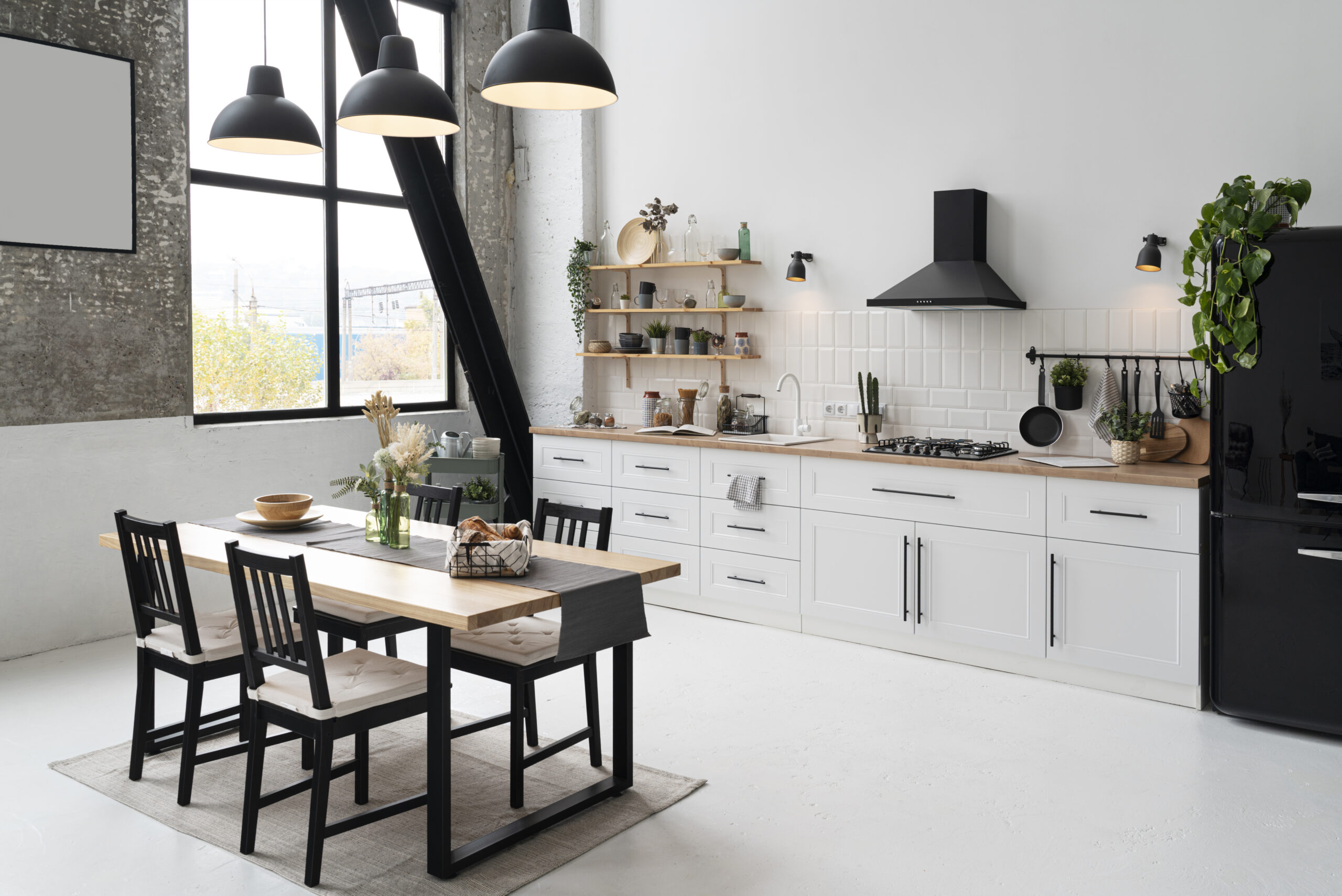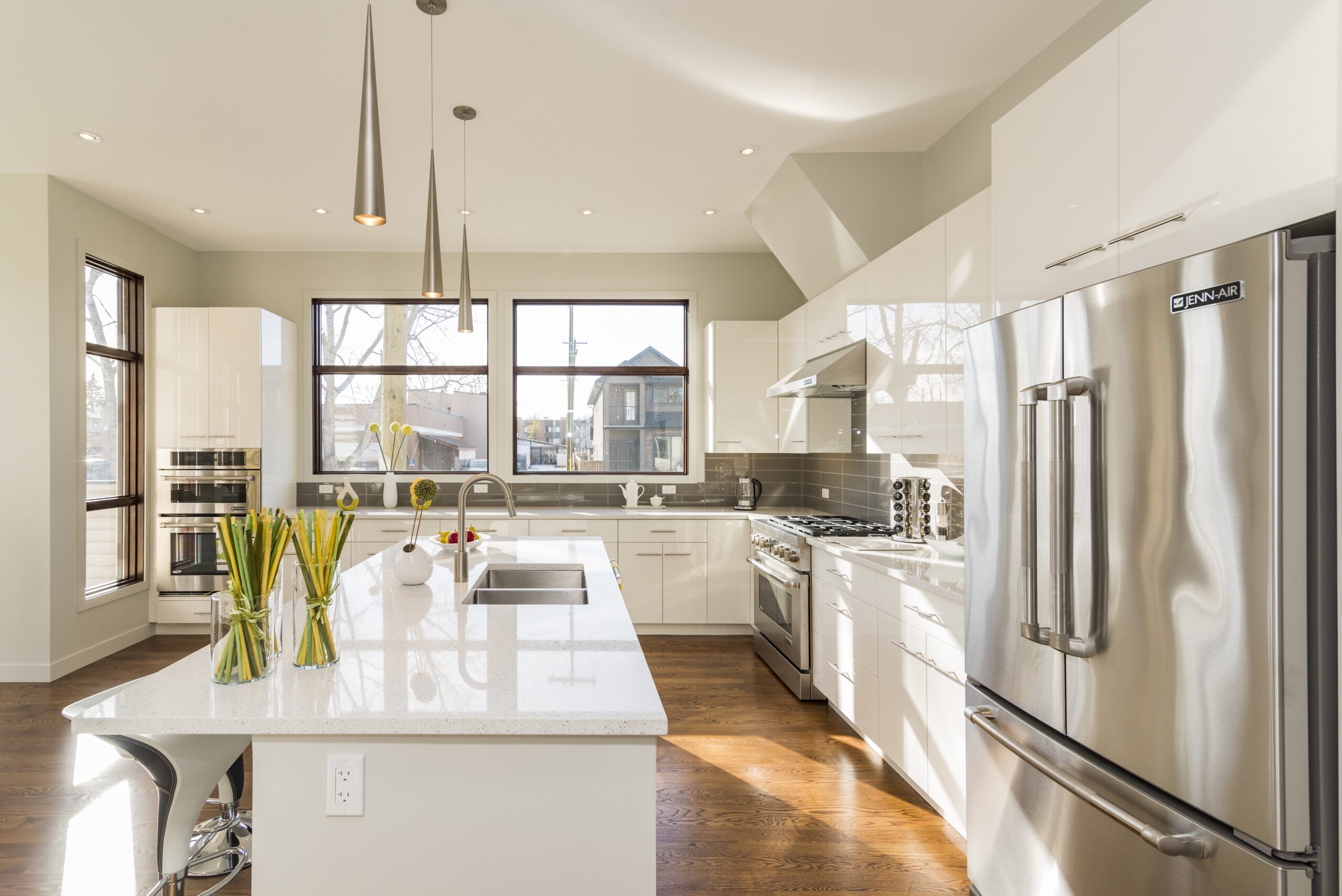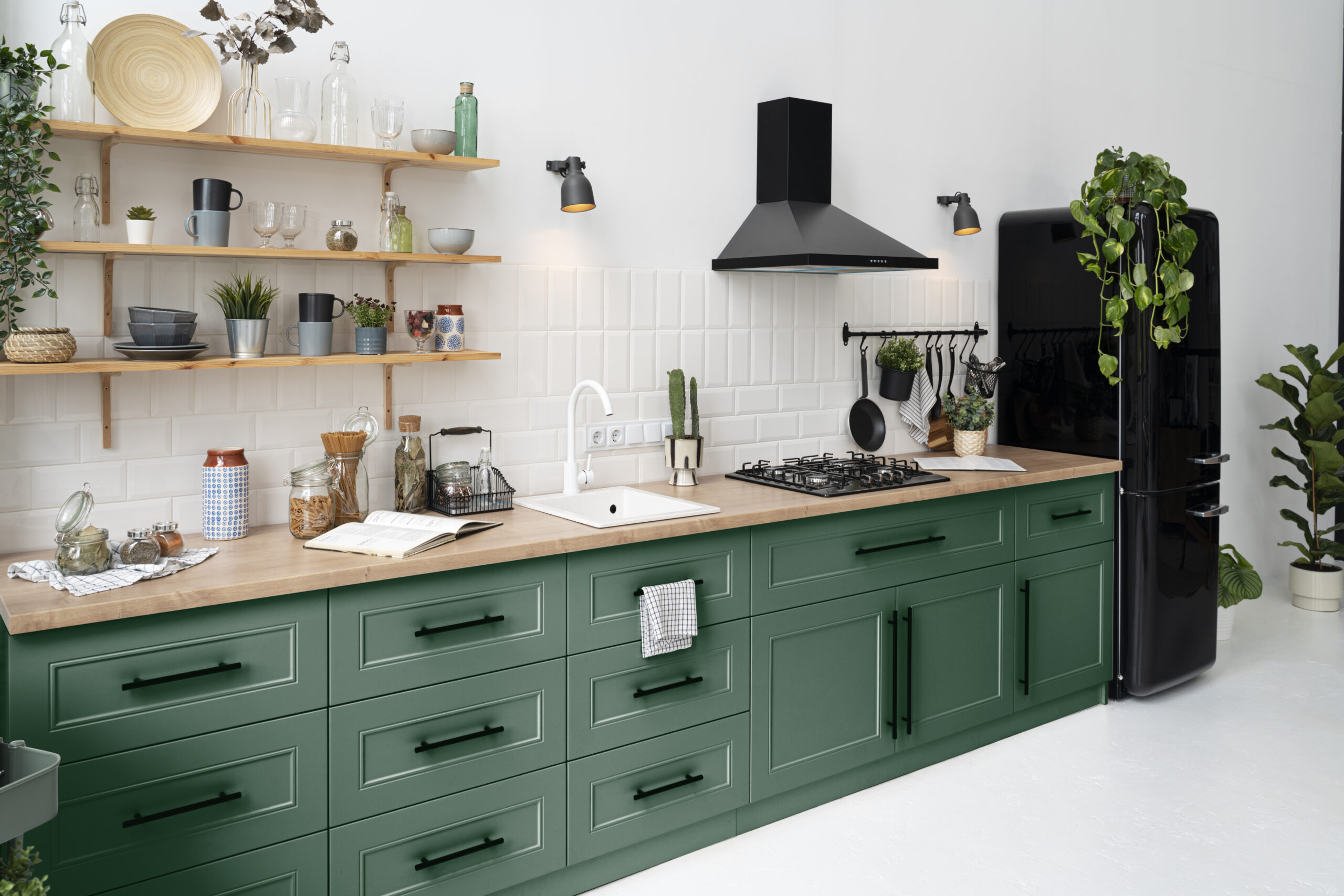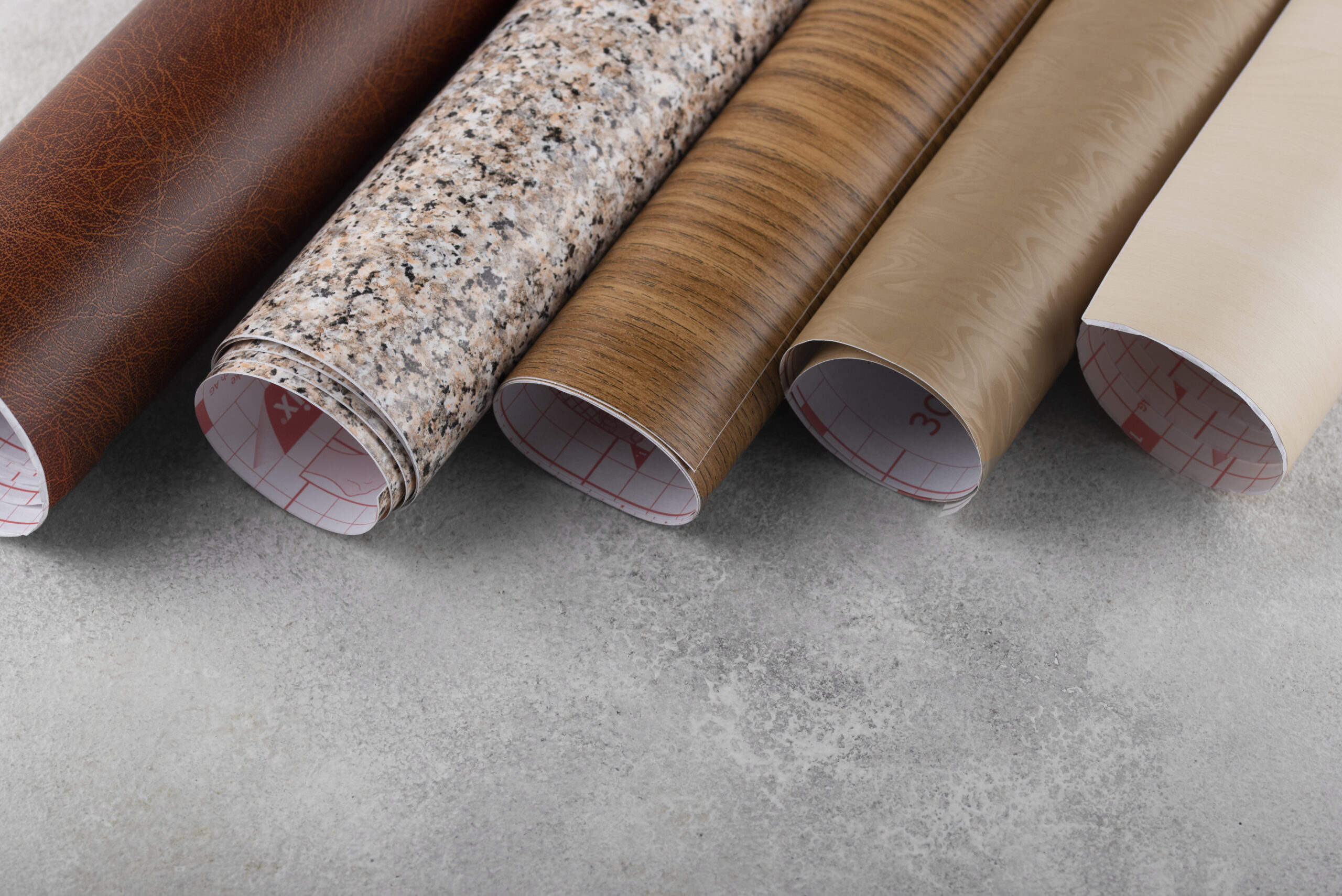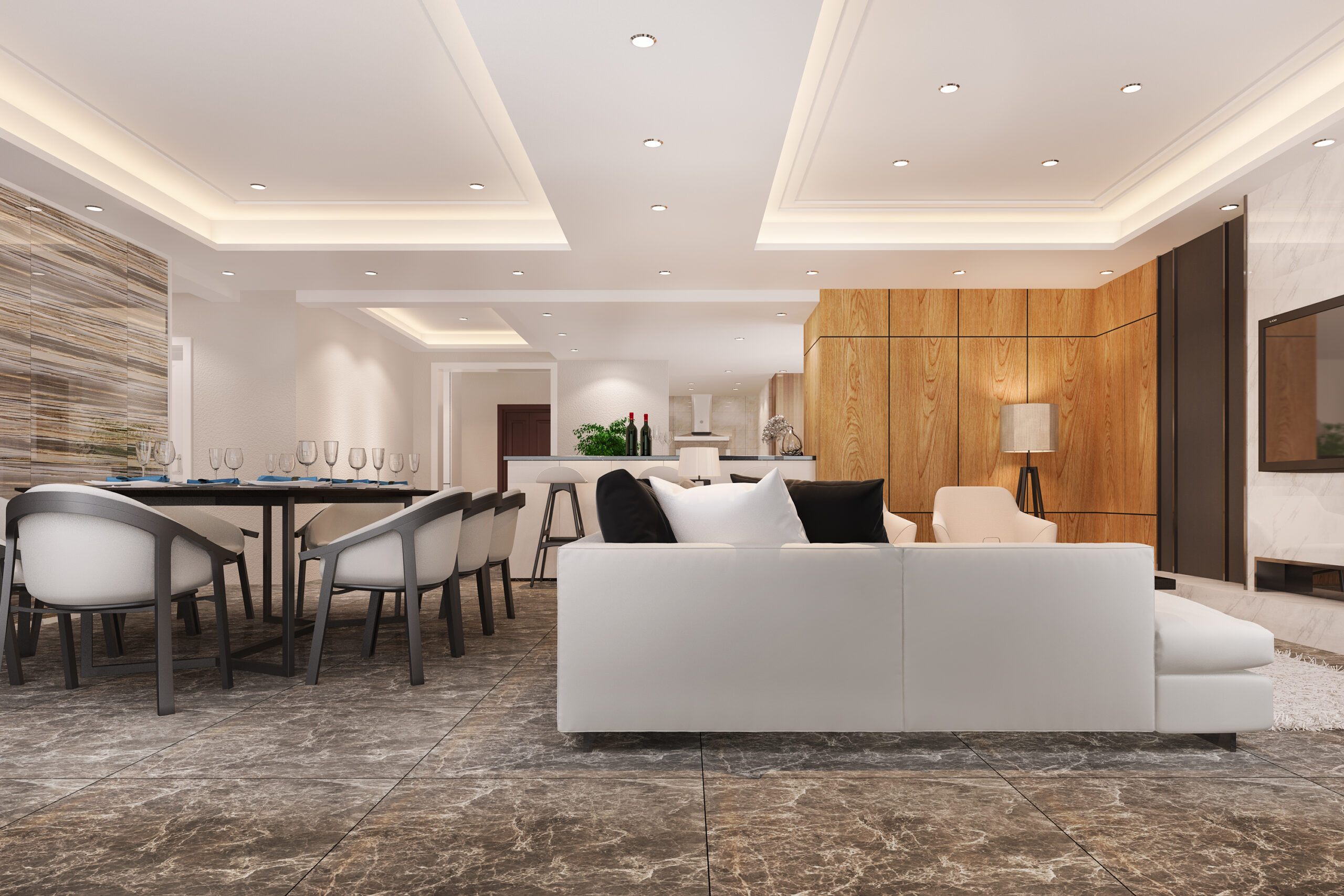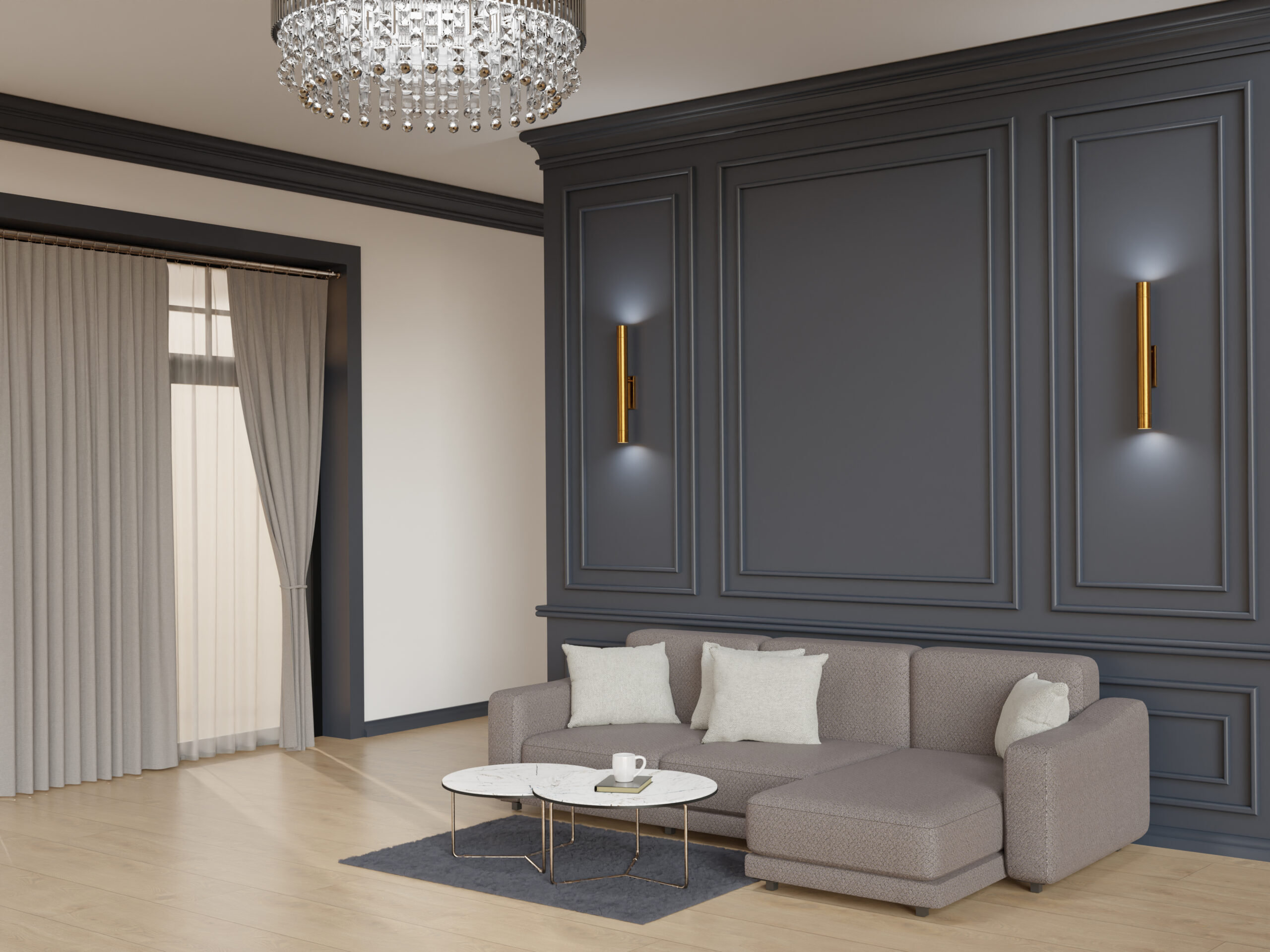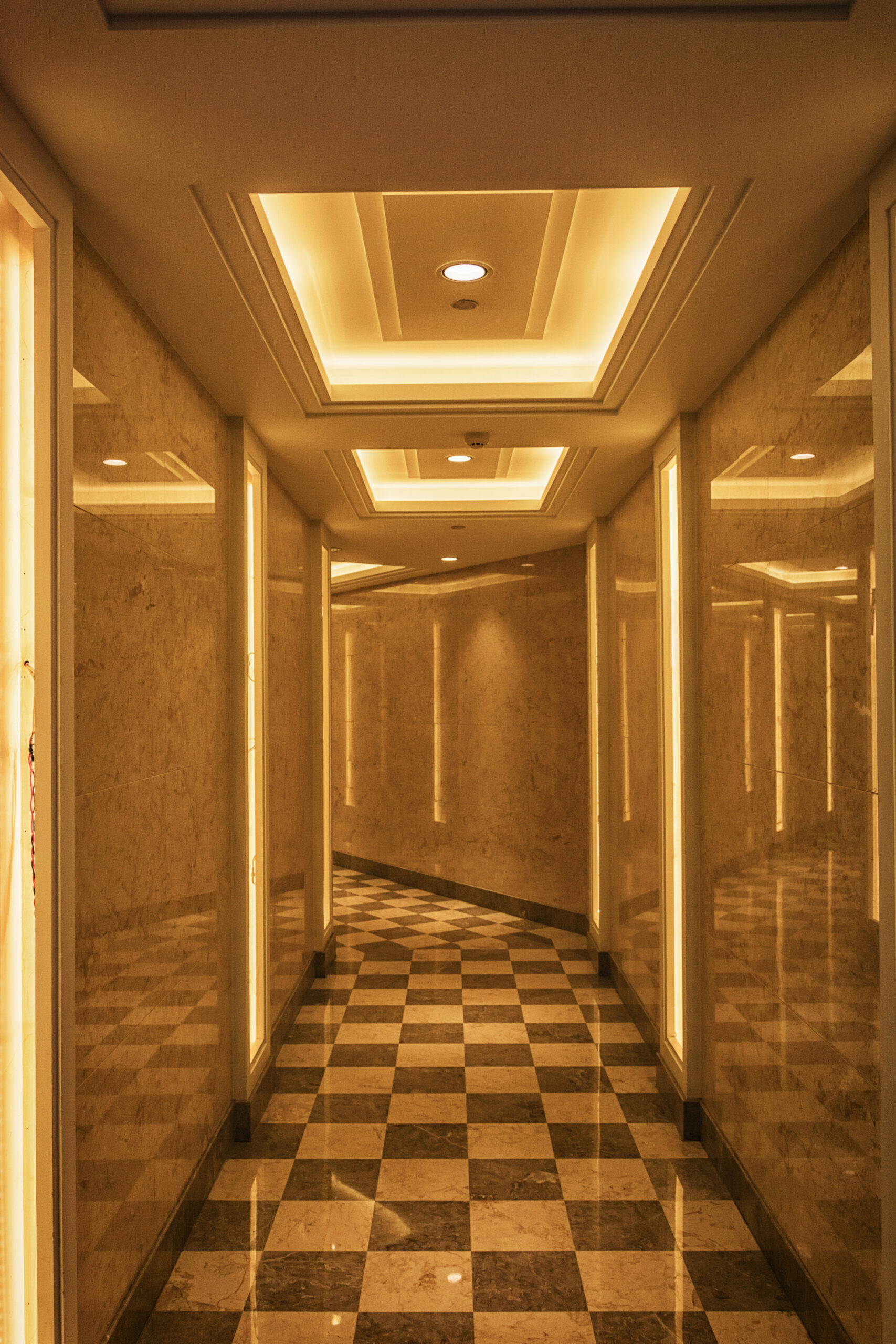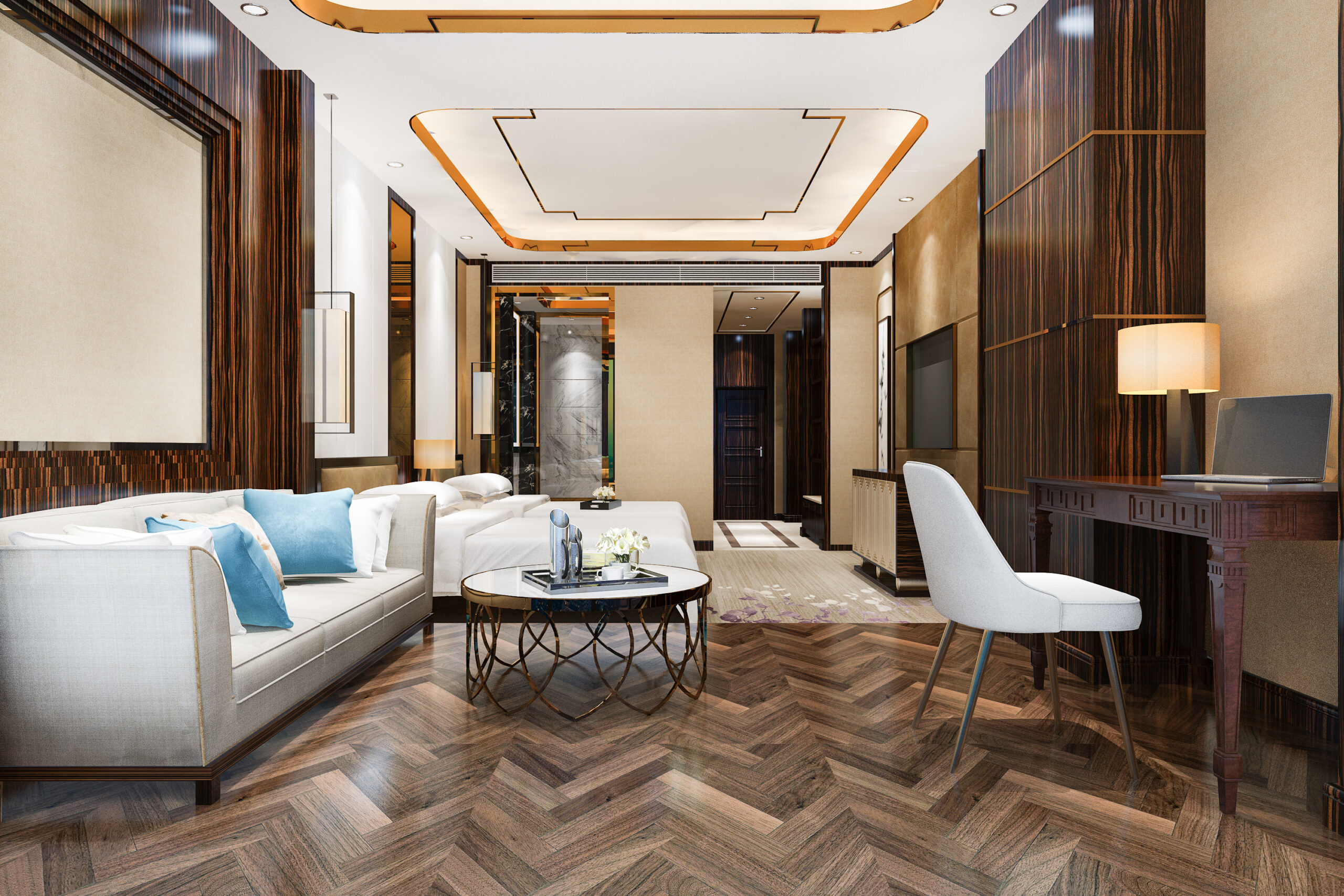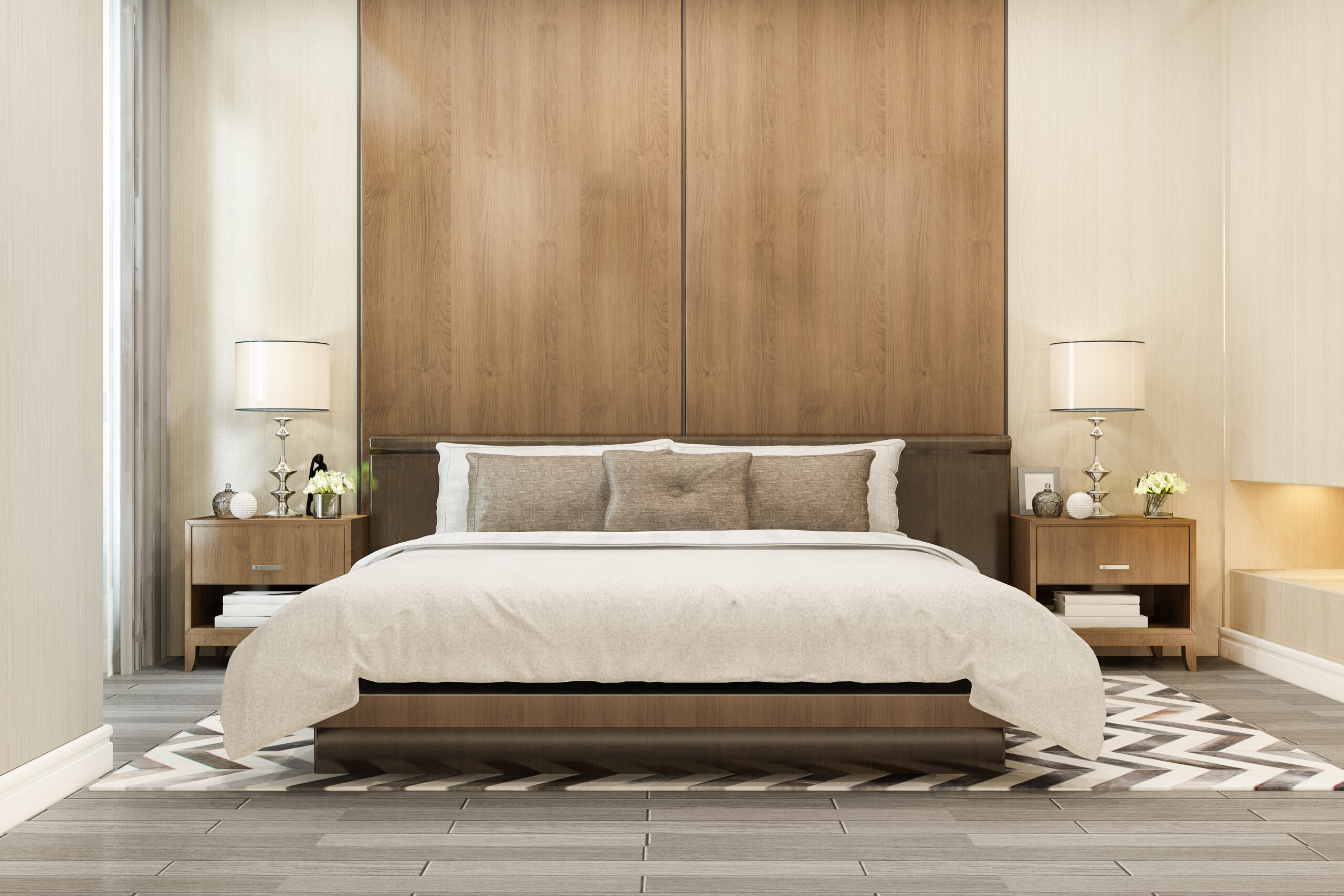Laminates are the most popular alternative for improving the appearance and utility of your home. These adaptable materials are employed in a variety of applications, such as wardrobes, surfaces, furniture, and so on. Thickness is a vital component that has a significant impact on performance and aesthetics. There are numerous laminate thickness available, here is a laminate thickness guide to figure out the best options.
Different Laminate Thickness Available for Furniture
Laminates come in a variety of thicknesses. Each of them caters to a different set of requirements. Let’s look at the different laminate thickness for furniture and why choosing the proper one is so important.
Furniture laminate thickness charts are often available in a variety of thicknesses, allowing you to select the best alternative for your requirements.
Thin Laminate – Laminates are typically in the 0. 8MM. These laminates are utilised as decorative elements as well as applications that require flexibility and ease of cutting.
Standard Laminate – Standard laminate thicknesses range from 0.8 MM to 1 MM and are often used for furniture. They strike a nice mix between price and durability.
Thick Laminate – Thick laminates are utilised for heavy-duty applications, and laminates with thicknesses more than 1.5 mm are also available. These are considered as a perfect laminate flooring thickness that will go through considerable wear and strain.
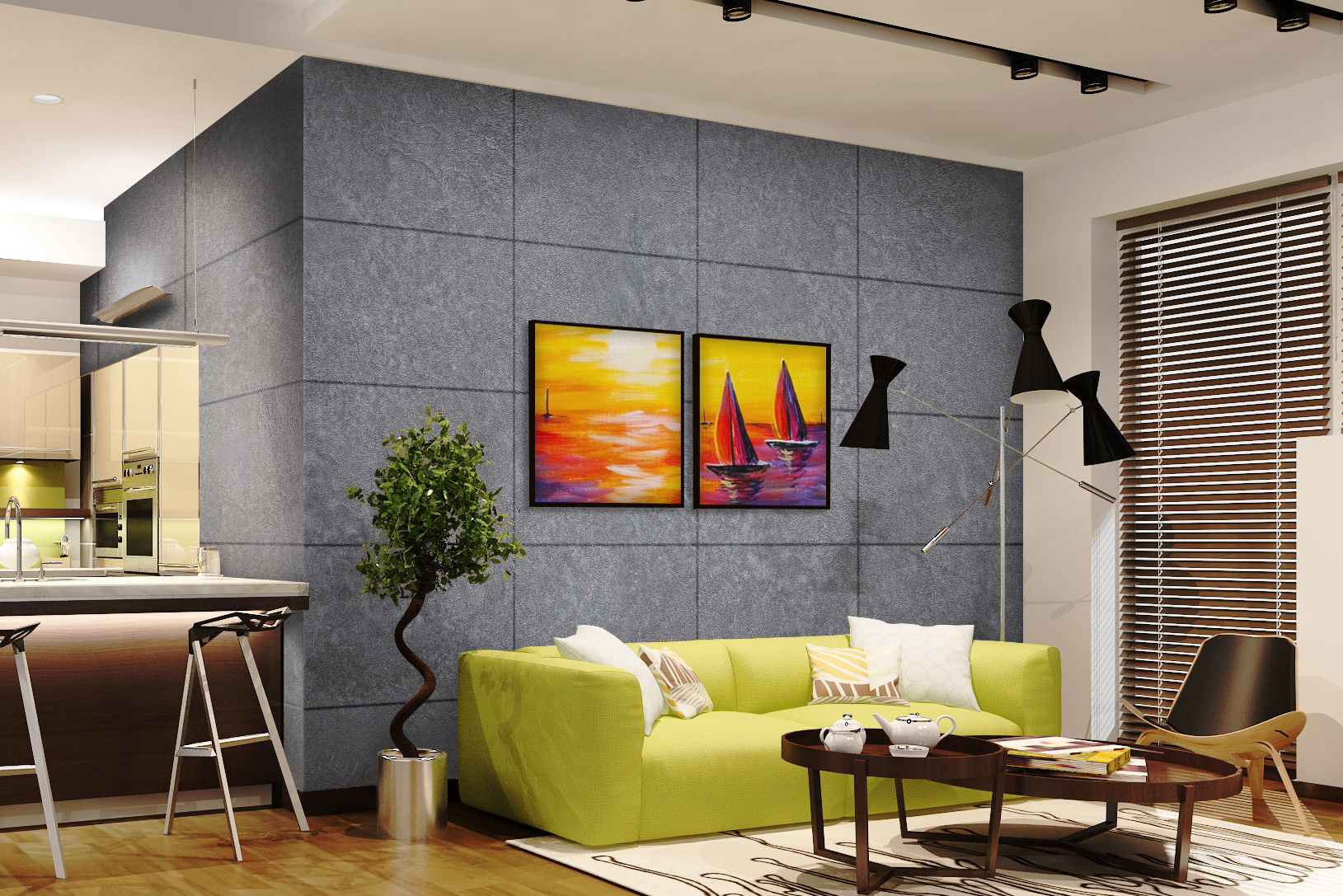 Different Laminate Thickness Available for Wardrobe
Different Laminate Thickness Available for Wardrobe
Your choice of laminate thickness for wardrobes is important, just as it is for furniture. Let’s look at the different laminate thickness for wardrobe.
Thin Laminate – Thin laminates are ideal for closet interiors or ornamental components that require flexibility.
Standard Laminate – For wardrobe surfaces, standard laminates are often utilised. They are a popular choice due to their combination of thickness, cost-effectiveness, and durability.
Thick Laminate– Thick laminates can be used for wardrobe surfaces, adding an added layer of protection and durability, especially if the wardrobe is used regularly.
How Important is Laminate Thickness?
Laminate thickness plays a pivotal role in determining the performance and longevity of your laminated surfaces. Laminate thickness charts will have different advantages for every size. Here is an example:
Durability: The thickness of your laminate will effect its endurance; thicker laminates are more resistant to damage and wear and tear, making them excellent for high-traffic areas or services.
Aesthetics: The thickness of your laminate determines its appearance; thicker laminates are more visually appealing. Thicker laminates create a more substantial and high-end appearance, whereas thinner ones are more minimalistic.
Protection: For surfaces that need extra protection from physical impact or moisture, thicker laminates are a better choice because they are resistant to environmental elements.
Considerations When Choosing Laminate Thickness
With various laminate sizes available, selecting the appropriate laminate thickness for your home is crucial. Here are several key considerations that should guide your decision.
- Room Usage: Consider how the laminated surface will be used in the room. Thicker laminates may benefit high-traffic areas or surfaces that see a lot of wear and tear, such as kitchen counters.
- Aesthetic Preferences: Consider the aesthetic impact you want to accomplish. Thicker laminates often provide a more rich and solid appearance.
- Budget: Decide how much money you are willing to invest. Thicker laminates are typically more expensive, thus, striking a balance between quality and budget (what thickness laminate is optimal) is critical.
- Environmental Factors: Examine the environment in which the laminated surfaces will be installed. Thicker laminates can withstand more moisture and environmental variations.
Expert Tips for Laminate Thickness Selection
Choosing the right laminate thickness can be challenging. Here are some expert tips to help you make an informed decision:
- Consult Professionals: Seek guidance from interior designers or professionals for ideas based on your specific needs.
- Request Samples: Many laminate providers provide samples of various thicknesses. When making a decision, seeing and feeling the contrasts might be informative.
- Maintenance Considerations: Remember that thicker laminates frequently require less upkeep, making them a good choice for busy households.
Advantages of Thicker Laminates
Thicker laminates have several advantages, making them a compelling choice for many applications:
- Enhanced Durability: Thicker laminates are more resistant to wear and tear, making them excellent for high-traffic areas.
- Luxurious Appearance: The extra thickness contributes to a more luxurious and substantial appearance, simulating the appearance of natural materials.
- Sound Insulation: Thicker laminates can provide better sound insulation and reduce floor noise transfer.
- Improved Moisture Resistance: Thicker laminates can manage moisture better, making them ideal for bathrooms, kitchens, and spill-prone spaces.
How to Measure Laminate Thickness
Laminate thickness is typically measured in millimetres (mm). To calculate the thickness of a laminate accurately, you can use callipers or consult the product specifications provided by the manufacturer.
Why Choose Advance Laminates for Your Furniture?
Choosing a reliable brand is crucial when deciding which laminates to use in your furniture. With this in mind, Advance Laminates provides a variety of laminate thickness charts for its customers so as to meet the unique challenges they face. This is why so many homeowners opt for advance laminates because of the unwavering commitment towards quality and innovative designs.
Conclusion
Finally, when enhancing your home with laminated surfaces, consider the thickness of the laminates. The thickness of laminates, whether for furniture or wardrobes, can have a considerable impact on their longevity, aesthetics, and performance. You can make an informed choice that guarantees your laminated surfaces meet your individual demands and survive the test of time by carefully evaluating issues such as space utilisation, budget, aesthetics, and climatic conditions.
FAQs on Laminate size standards.
How thick should the laminate be?
There are a variety of laminate sizes available. The ideal thickness for laminate relies on your specific needs. Thicker laminates (12mm or more) offer more reasonable durability, making them appropriate for high-traffic areas. Thinner options (8mm or less) are cost-effective for less demanding spaces.
What thickness laminate is common?
The most common laminate thickness for residential use is around 8mm to 12mm. These size options strike a balance between affordability and durability for your routine household settings.
Is thicker laminate better for an uneven floor?
Thicker laminate can help mask minor floor irregularities. However, for significant unevenness, it’s essential to address the subfloor issue before the laminate installation.
Is 1mm laminate thick enough?
A 1mm laminate is suitable for most residential applications, providing a balance of durability and affordability. It’s often a popular choice for common areas in homes.

